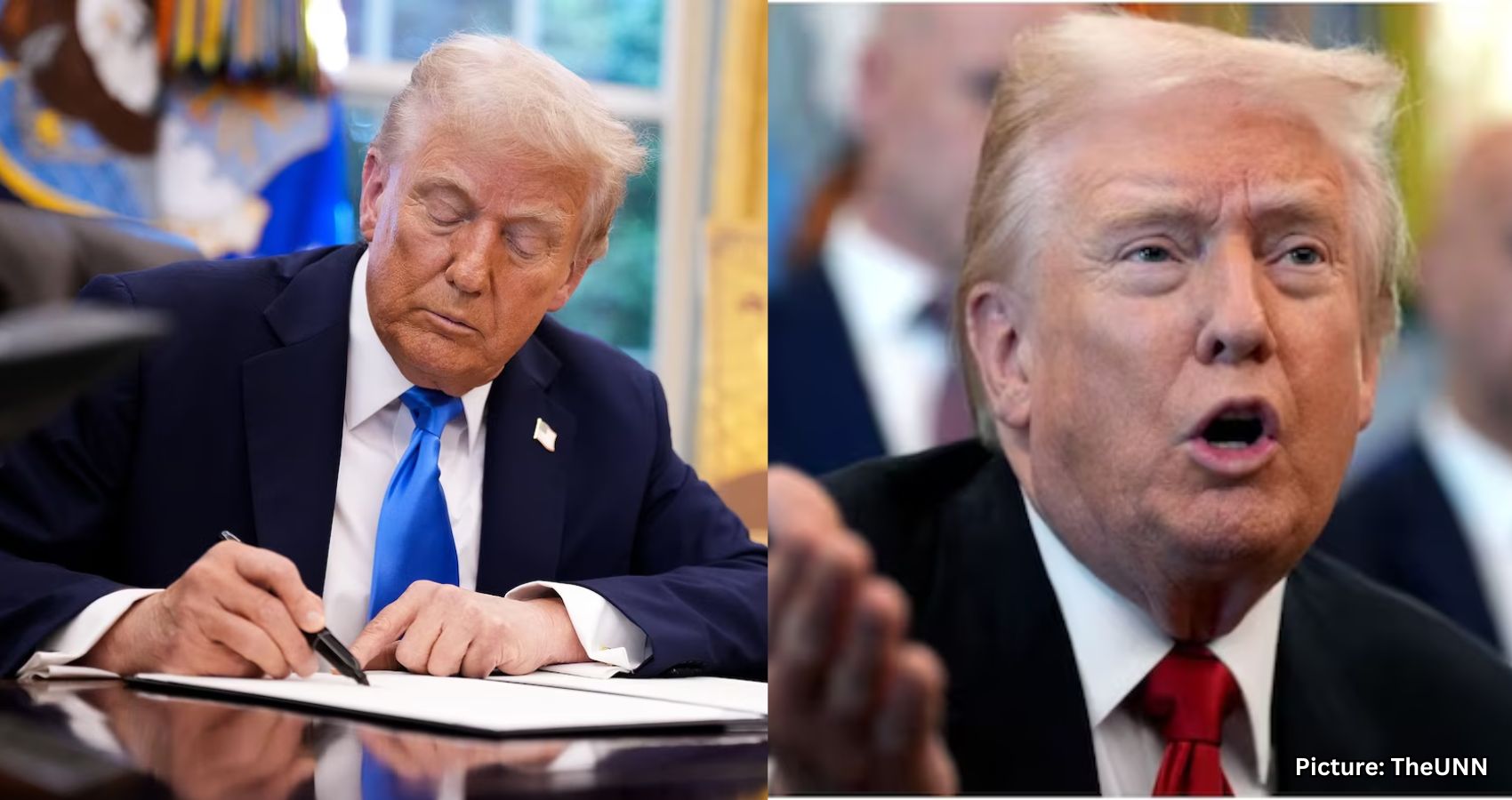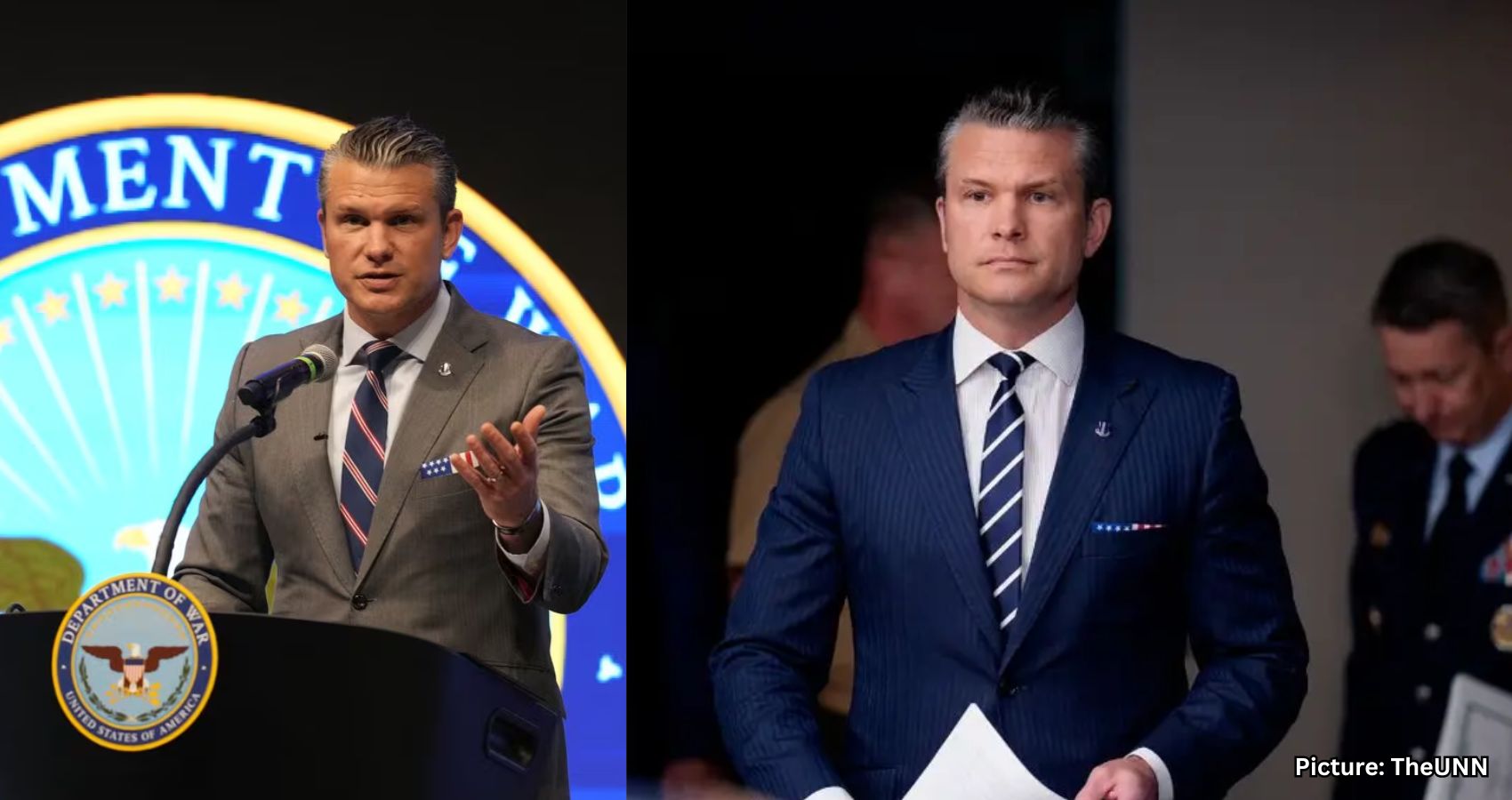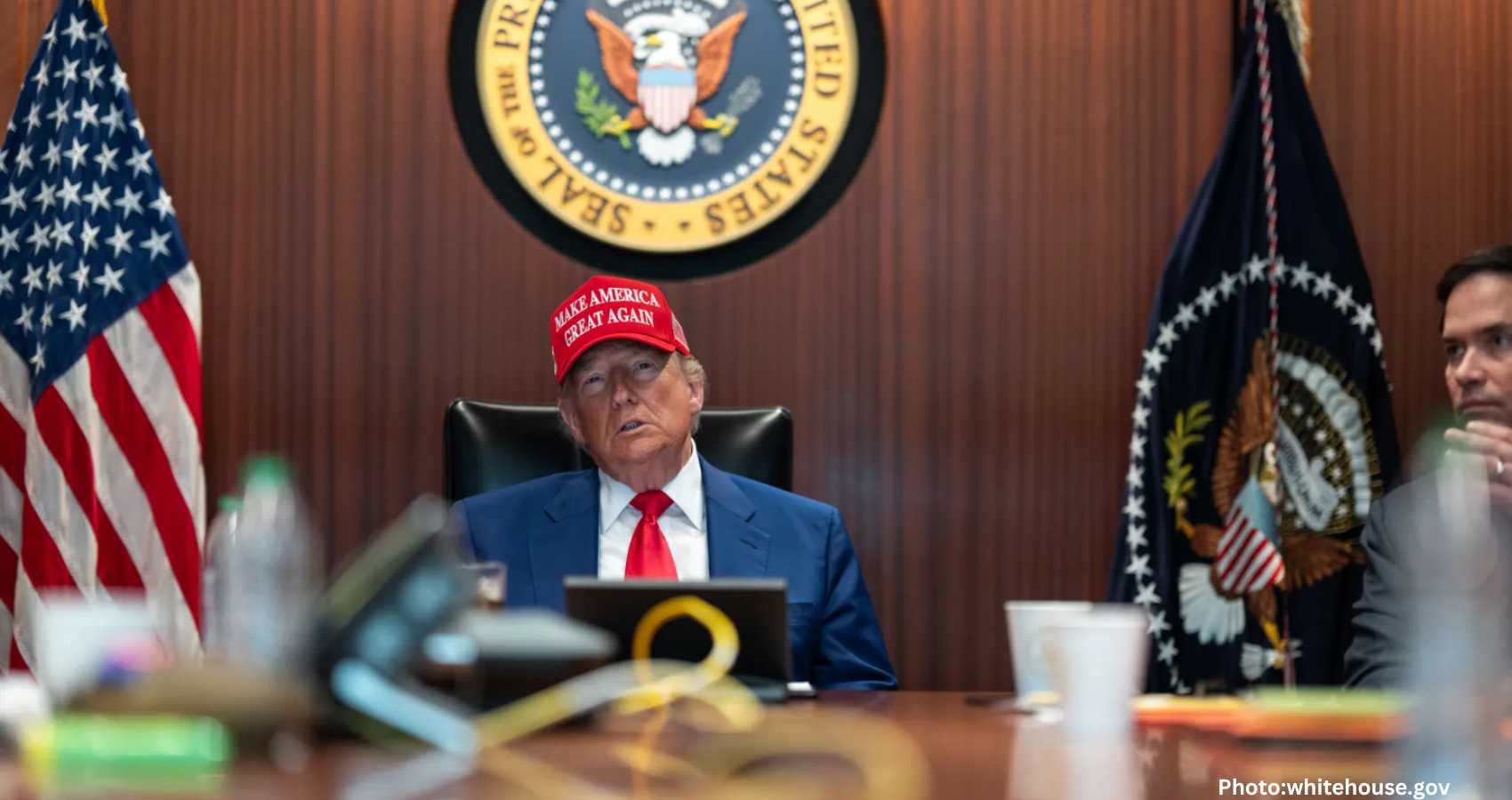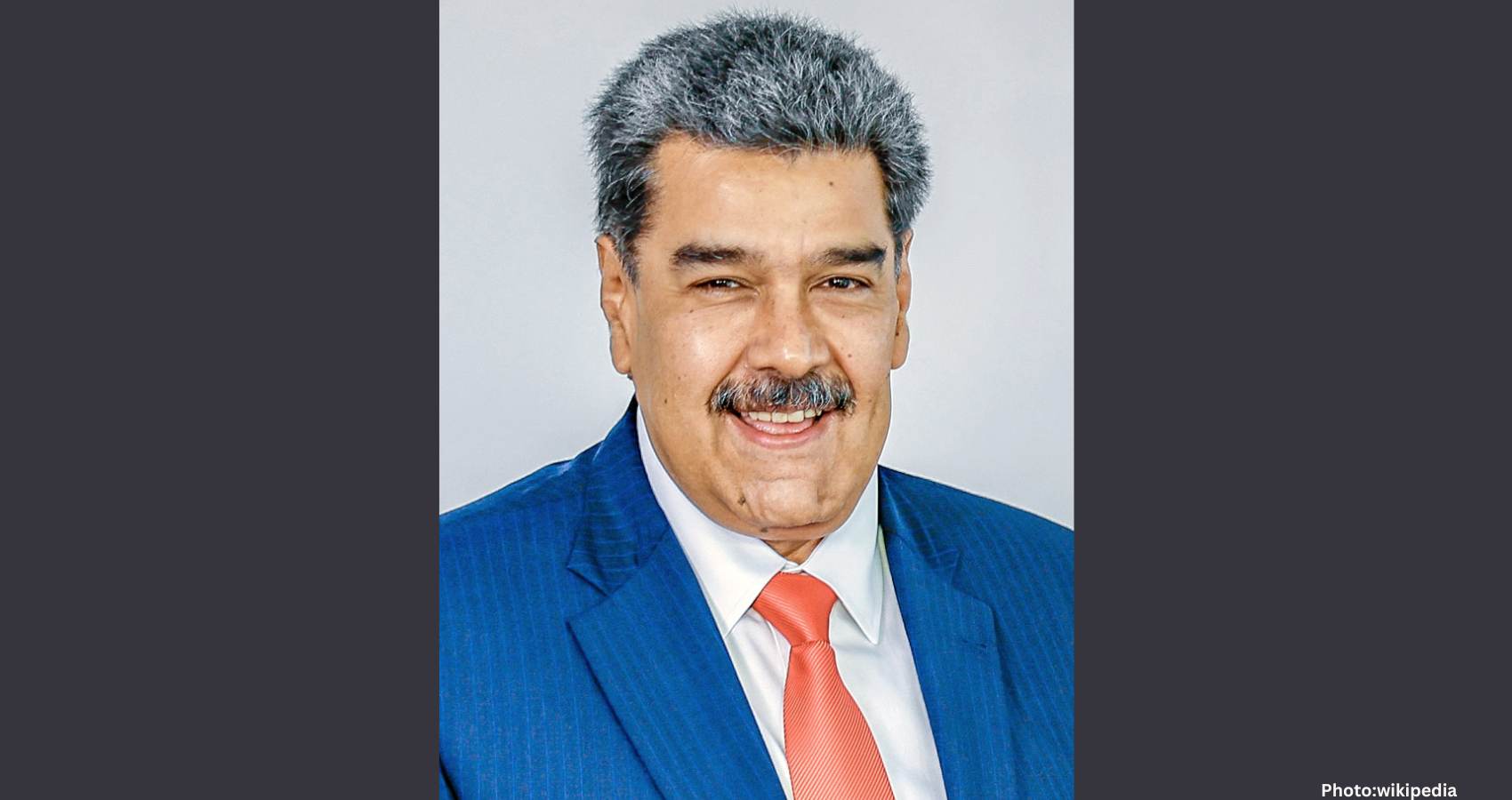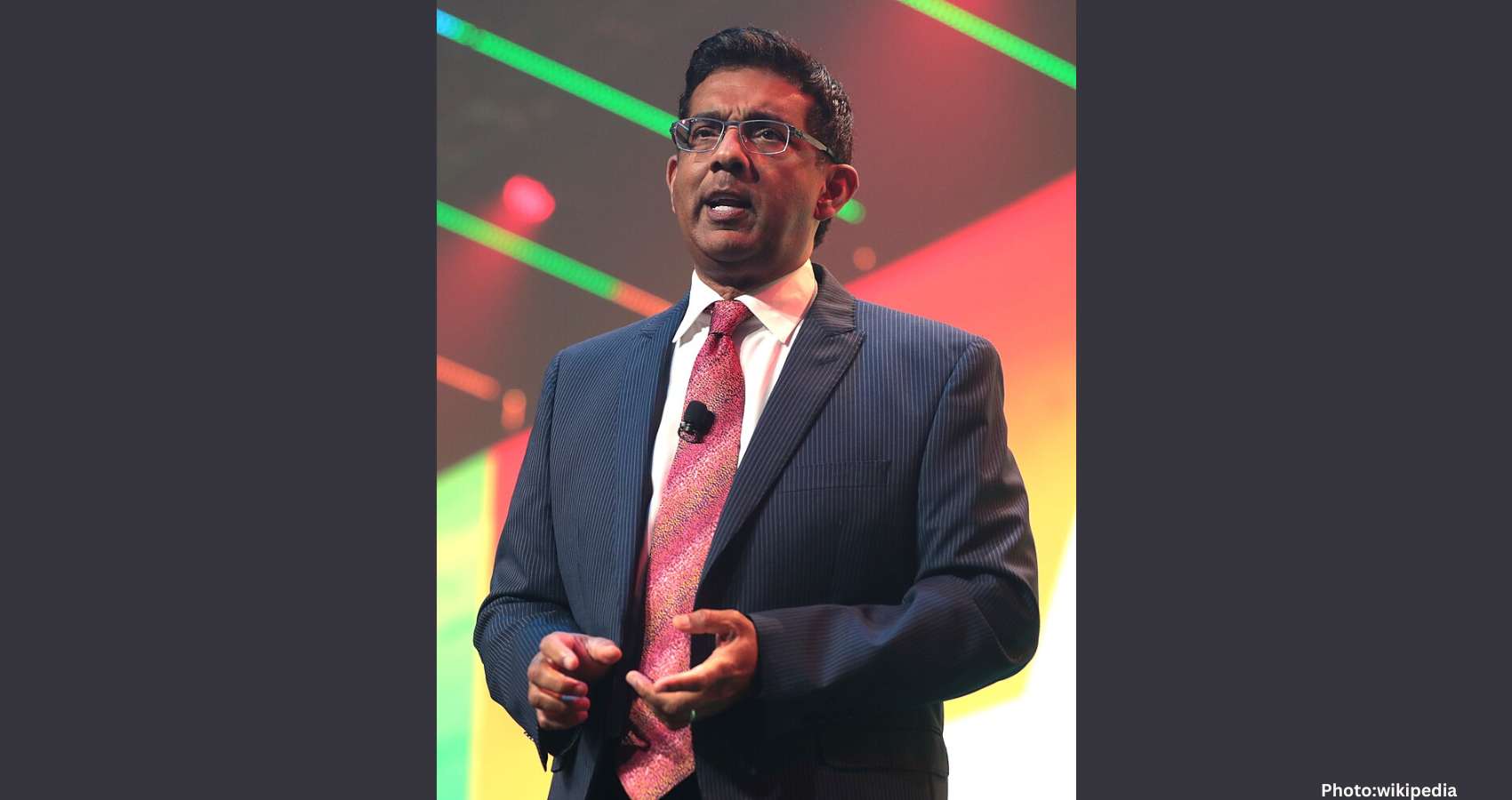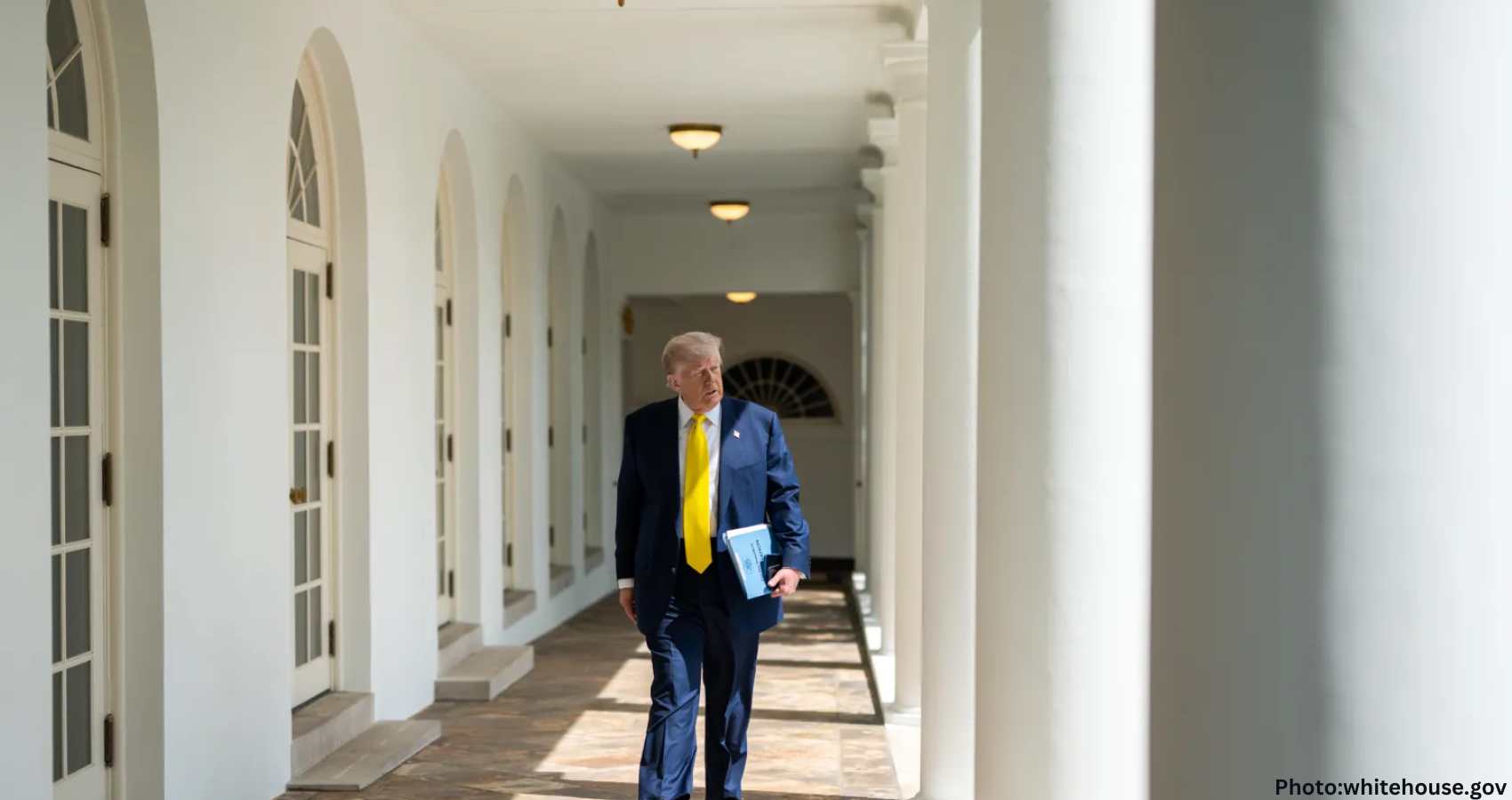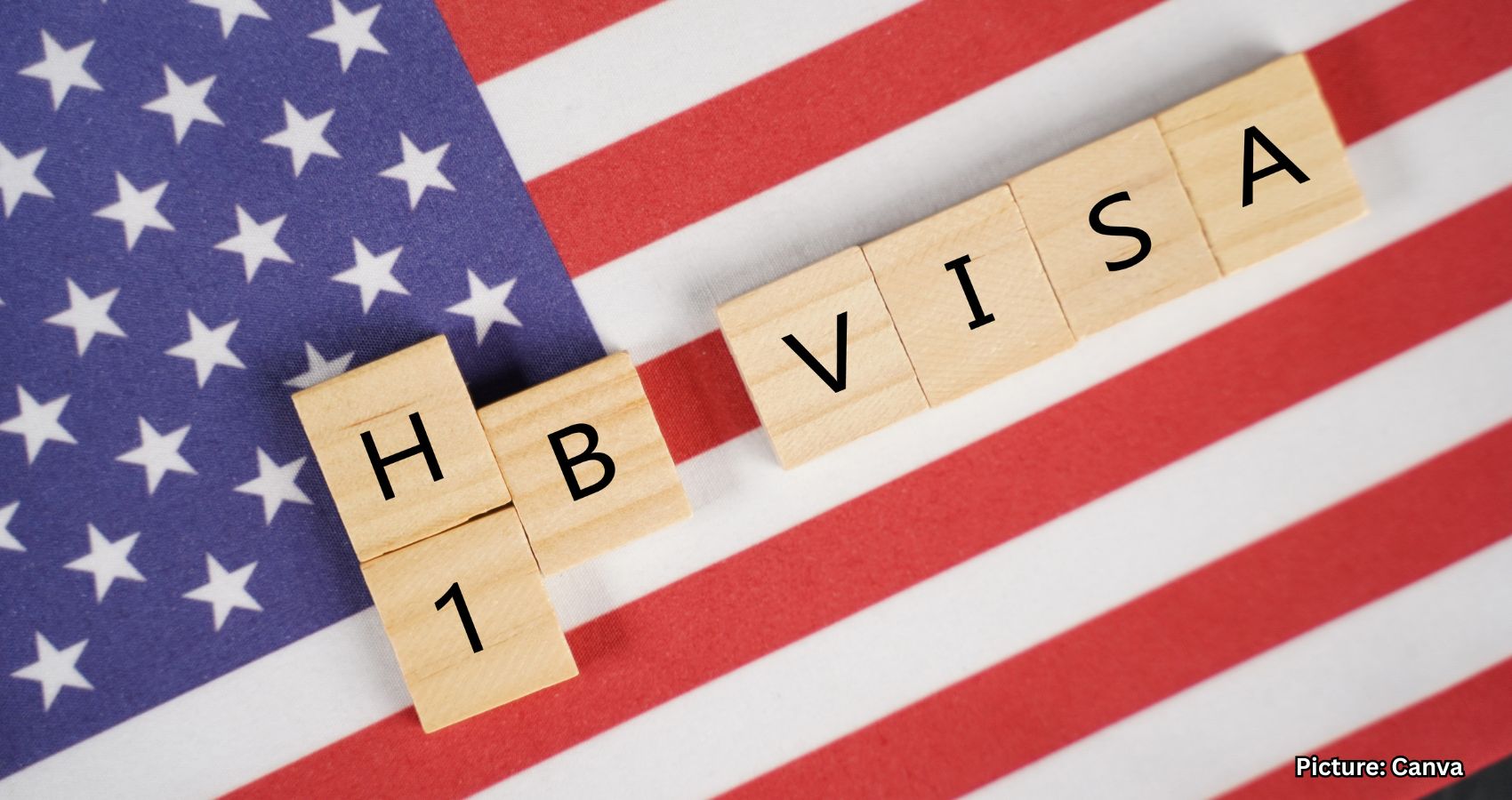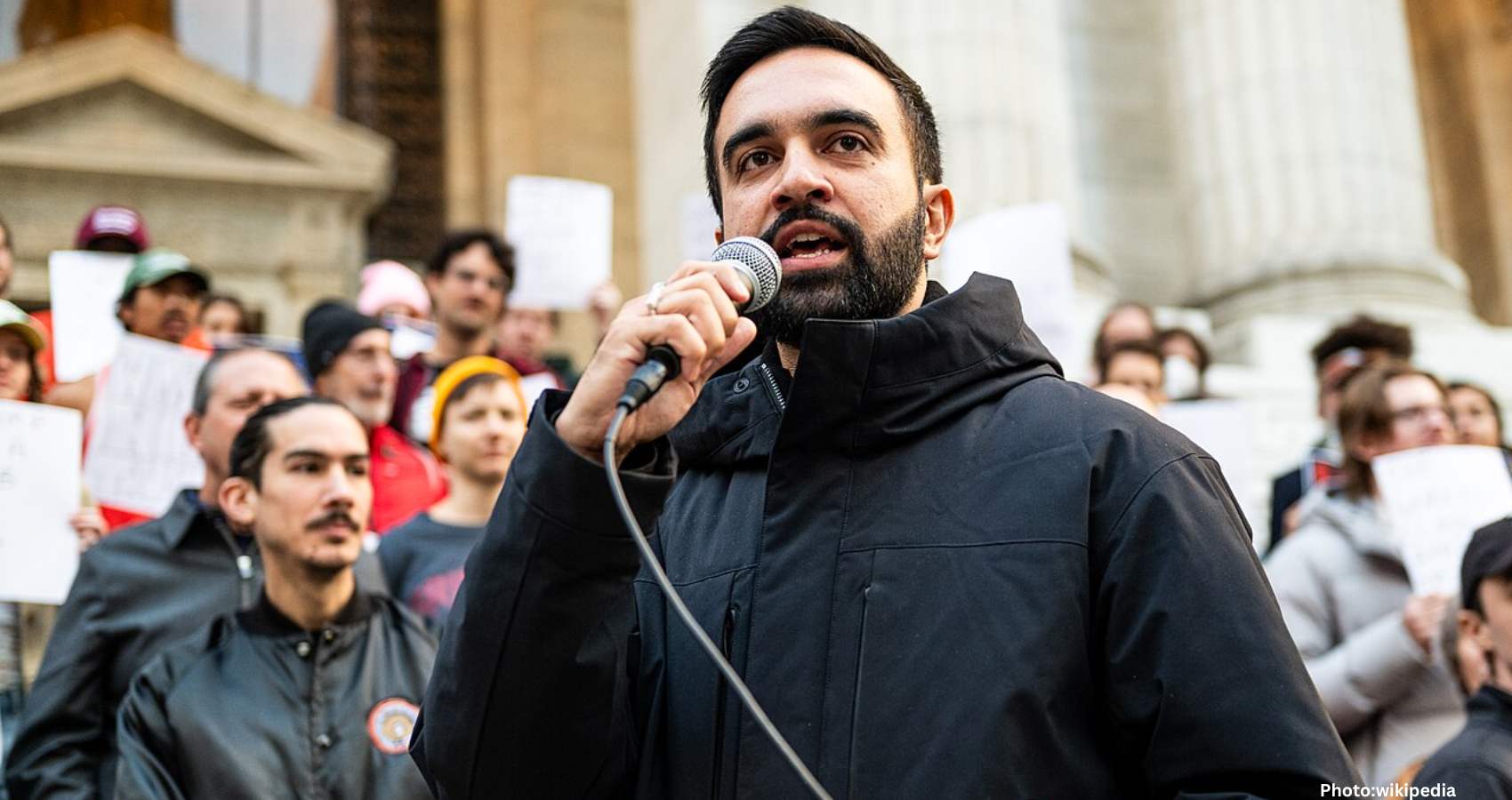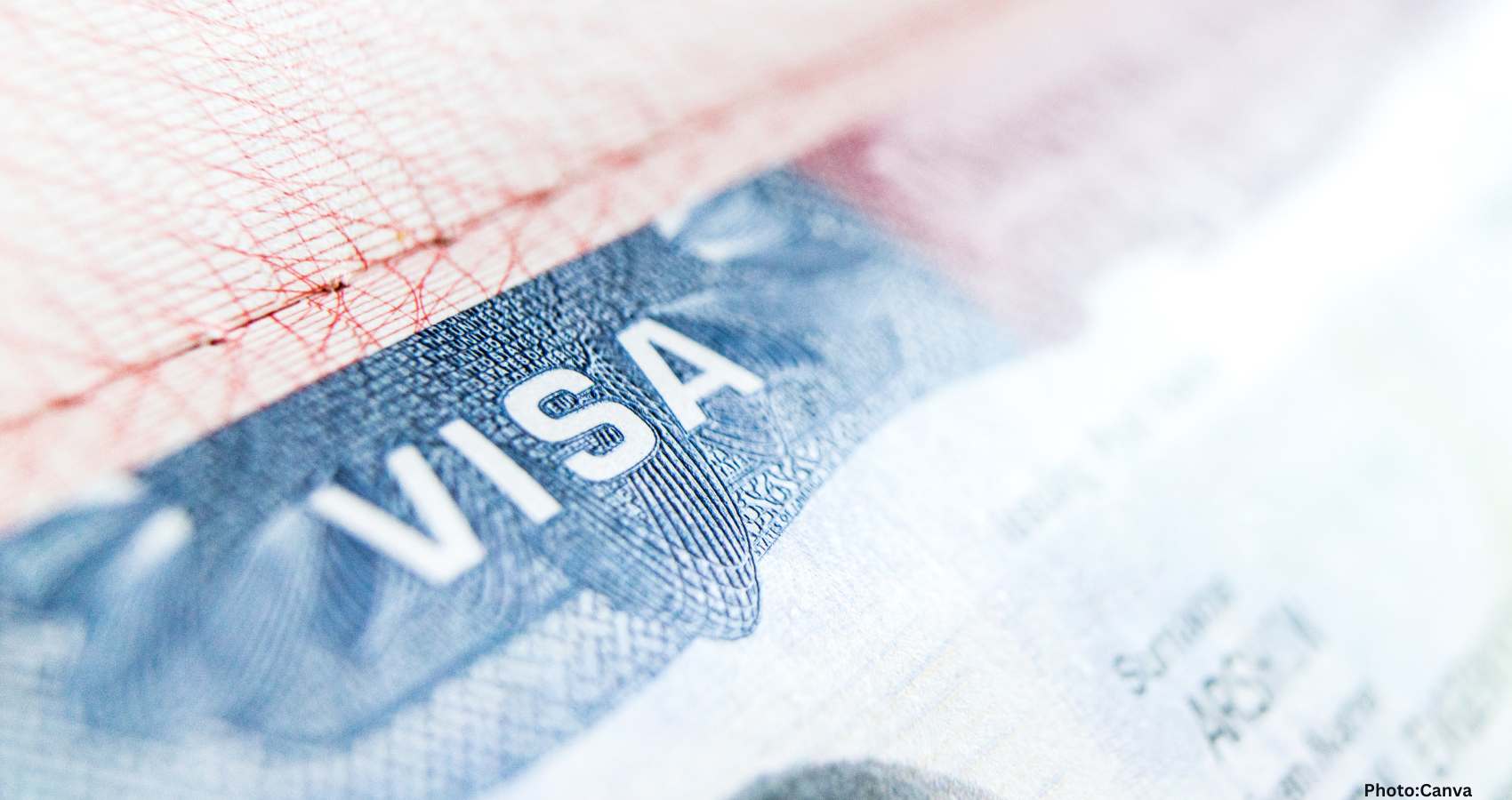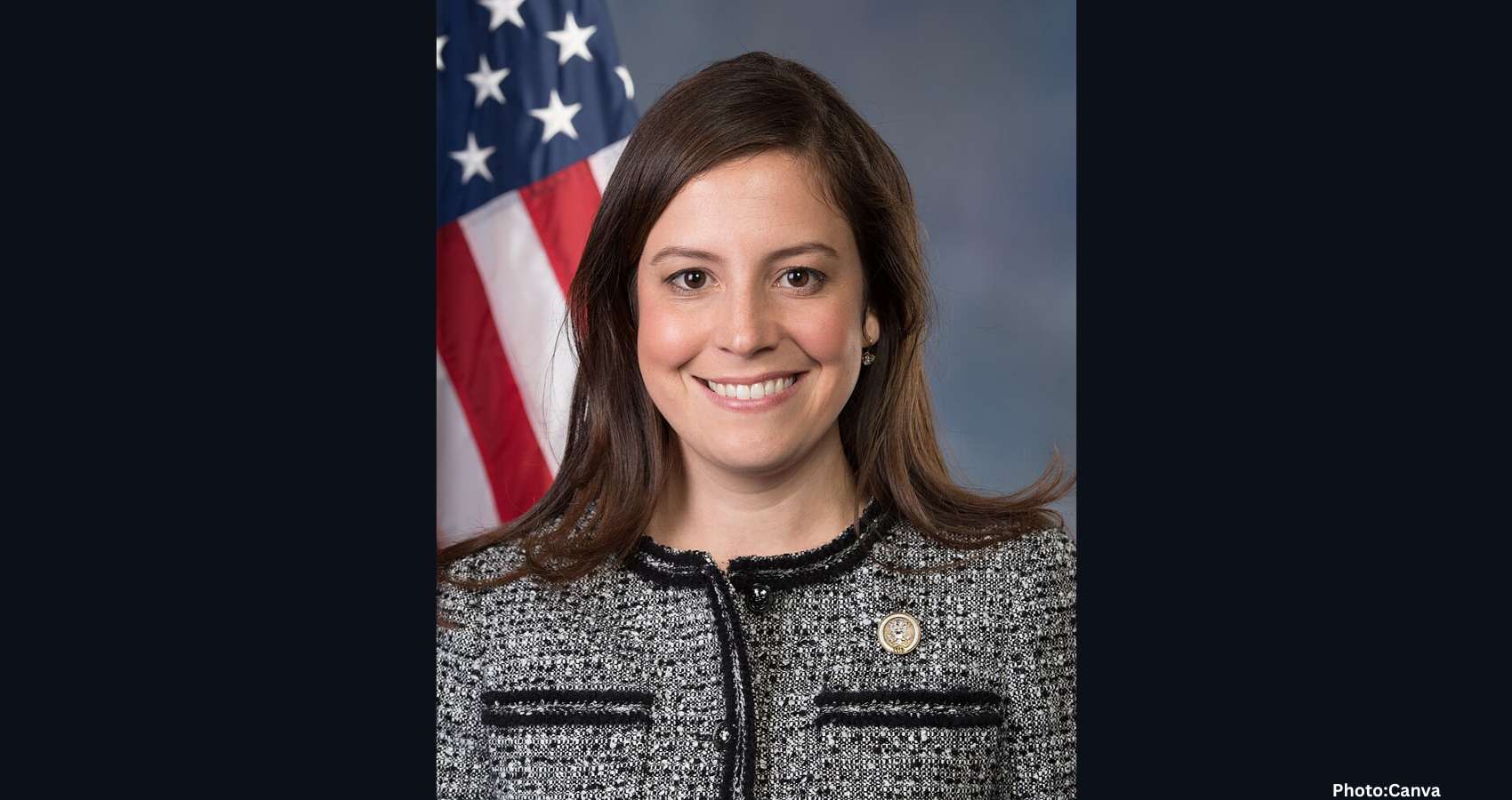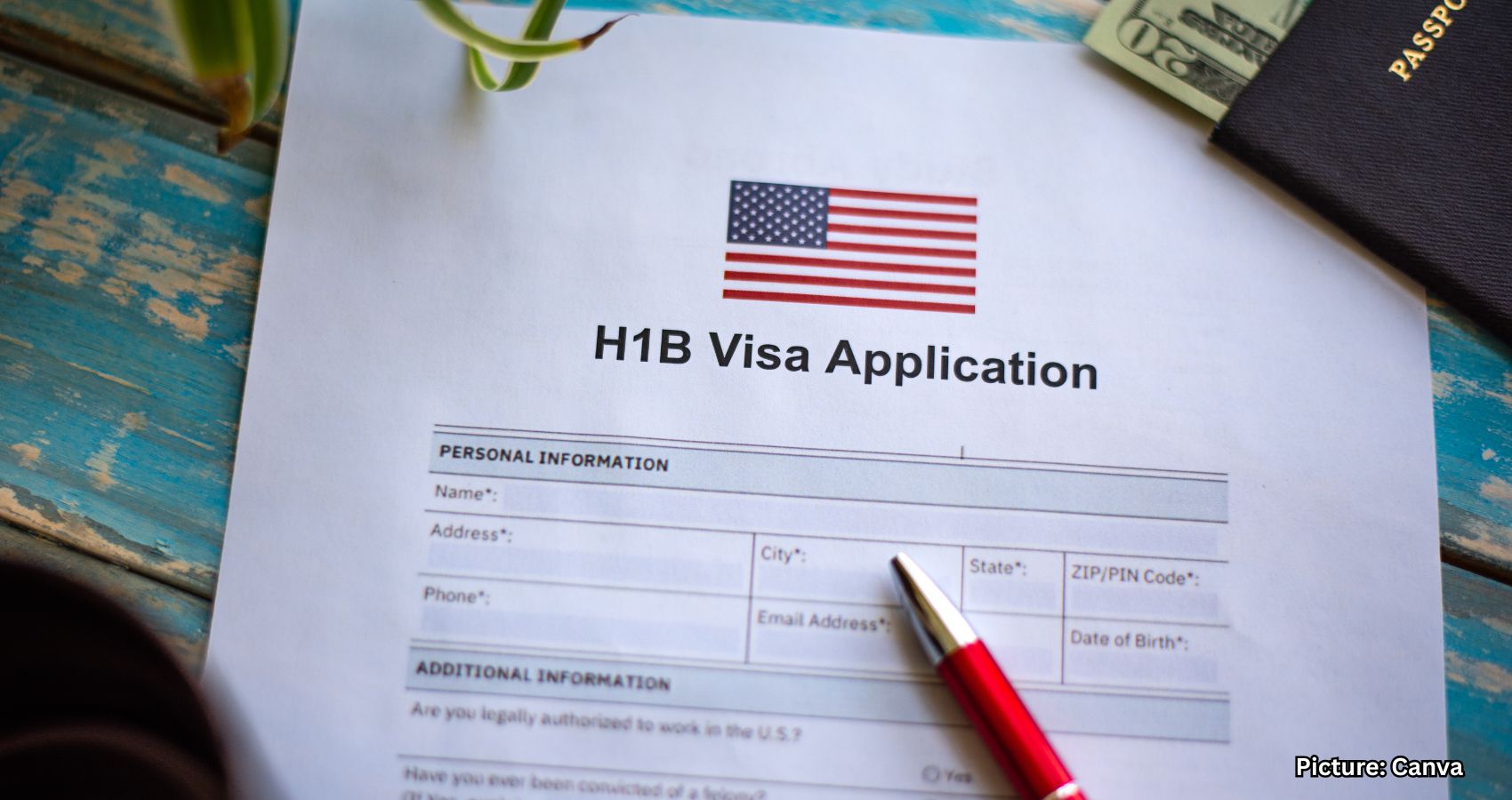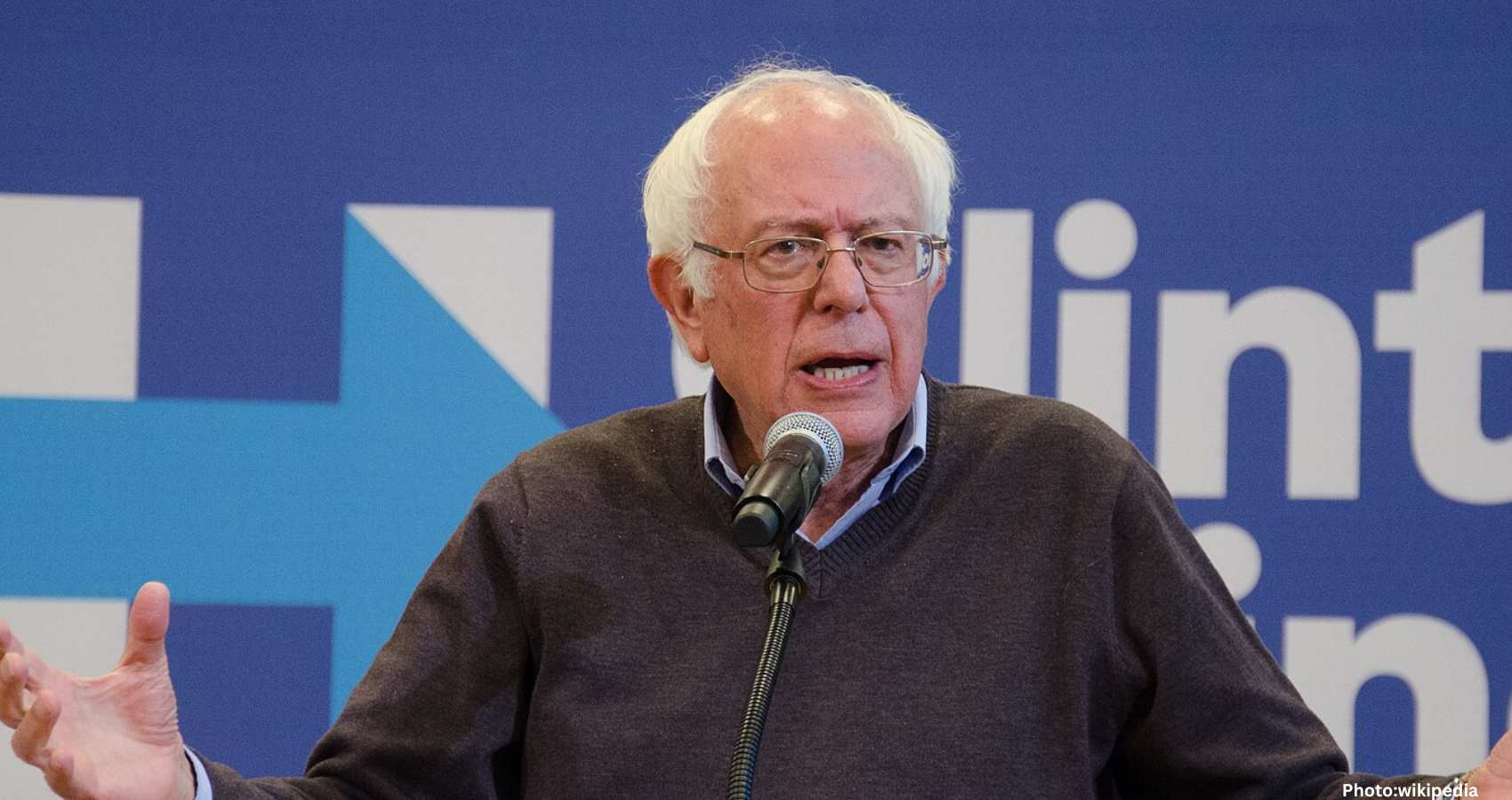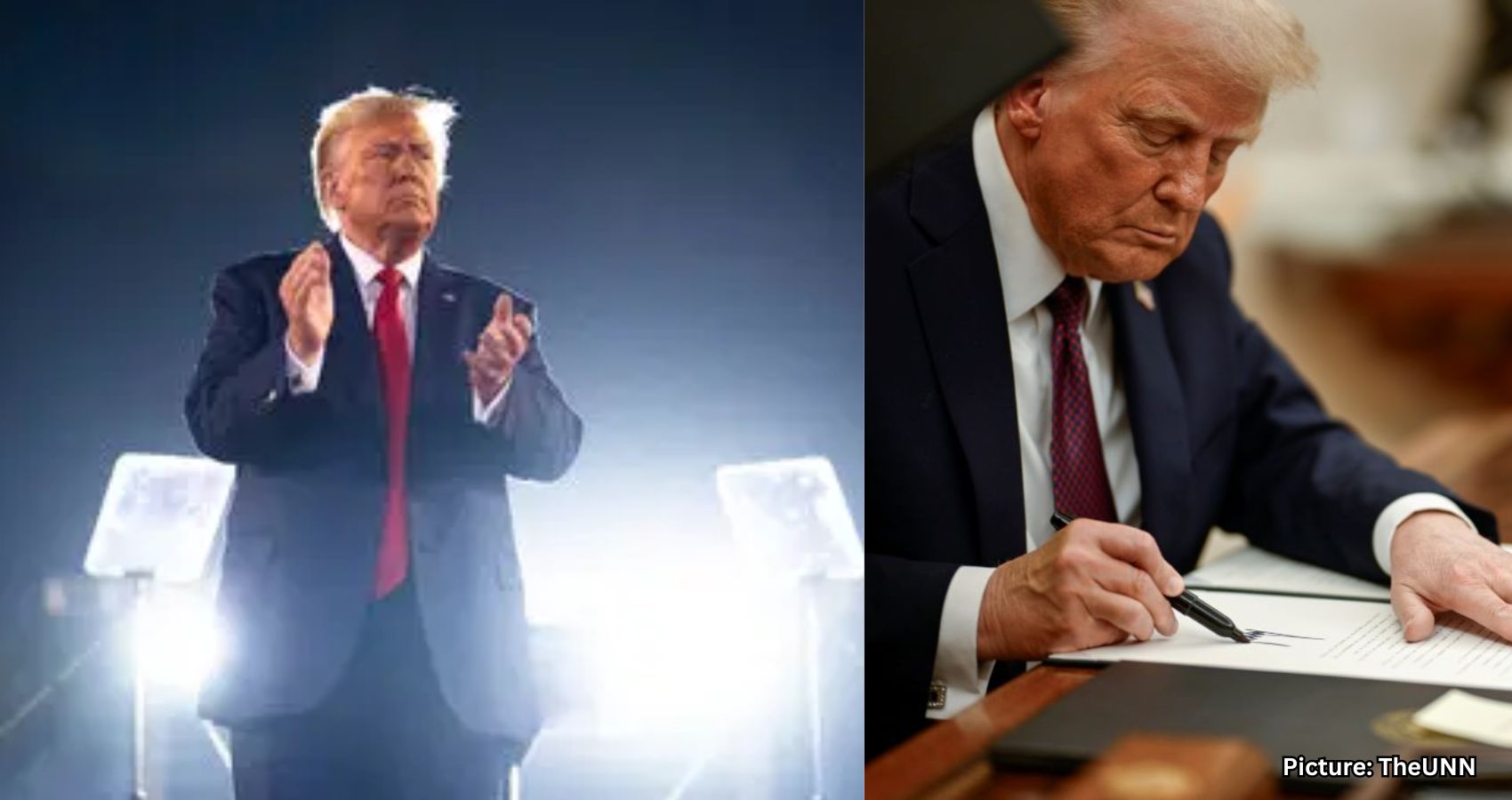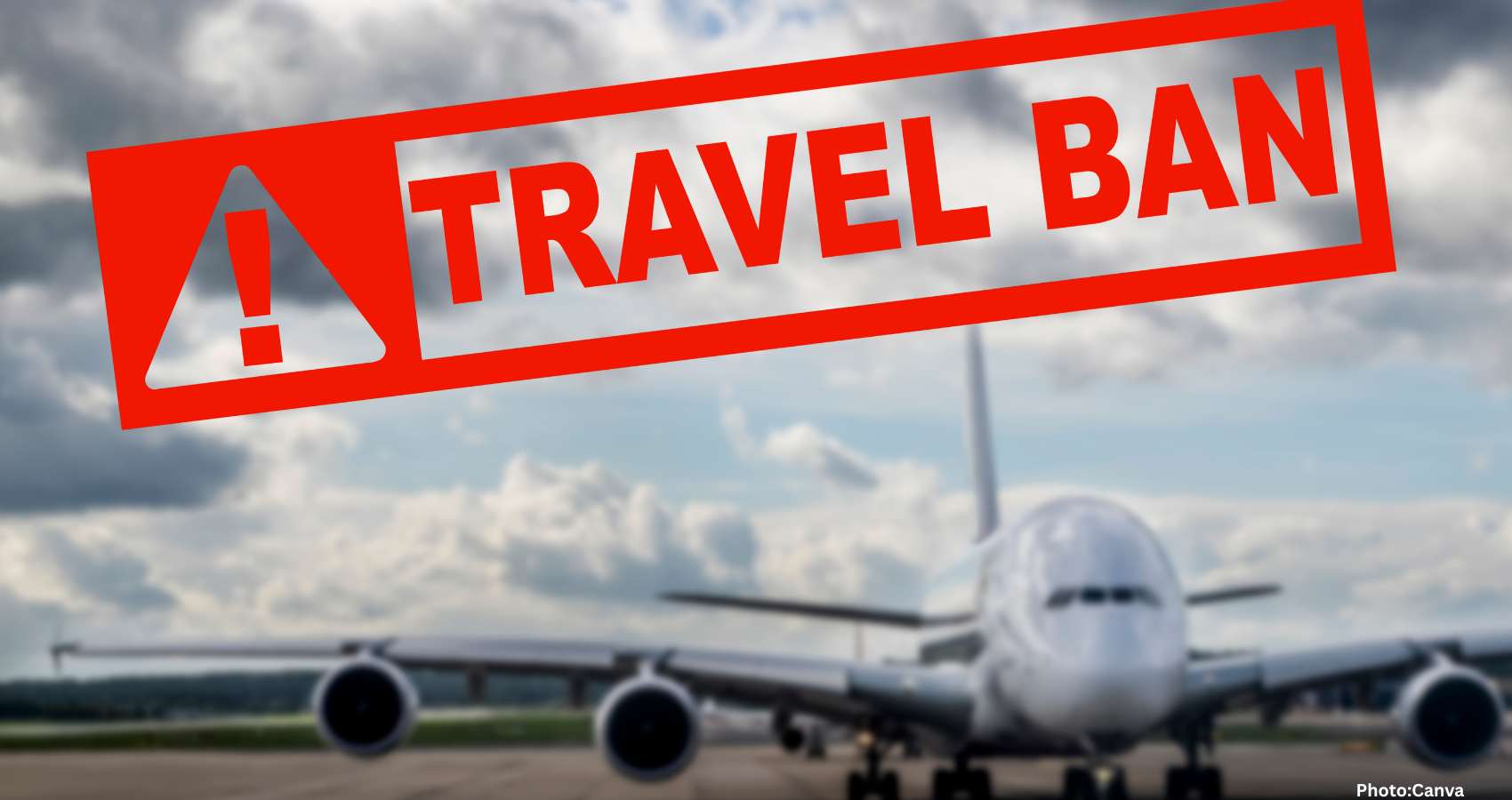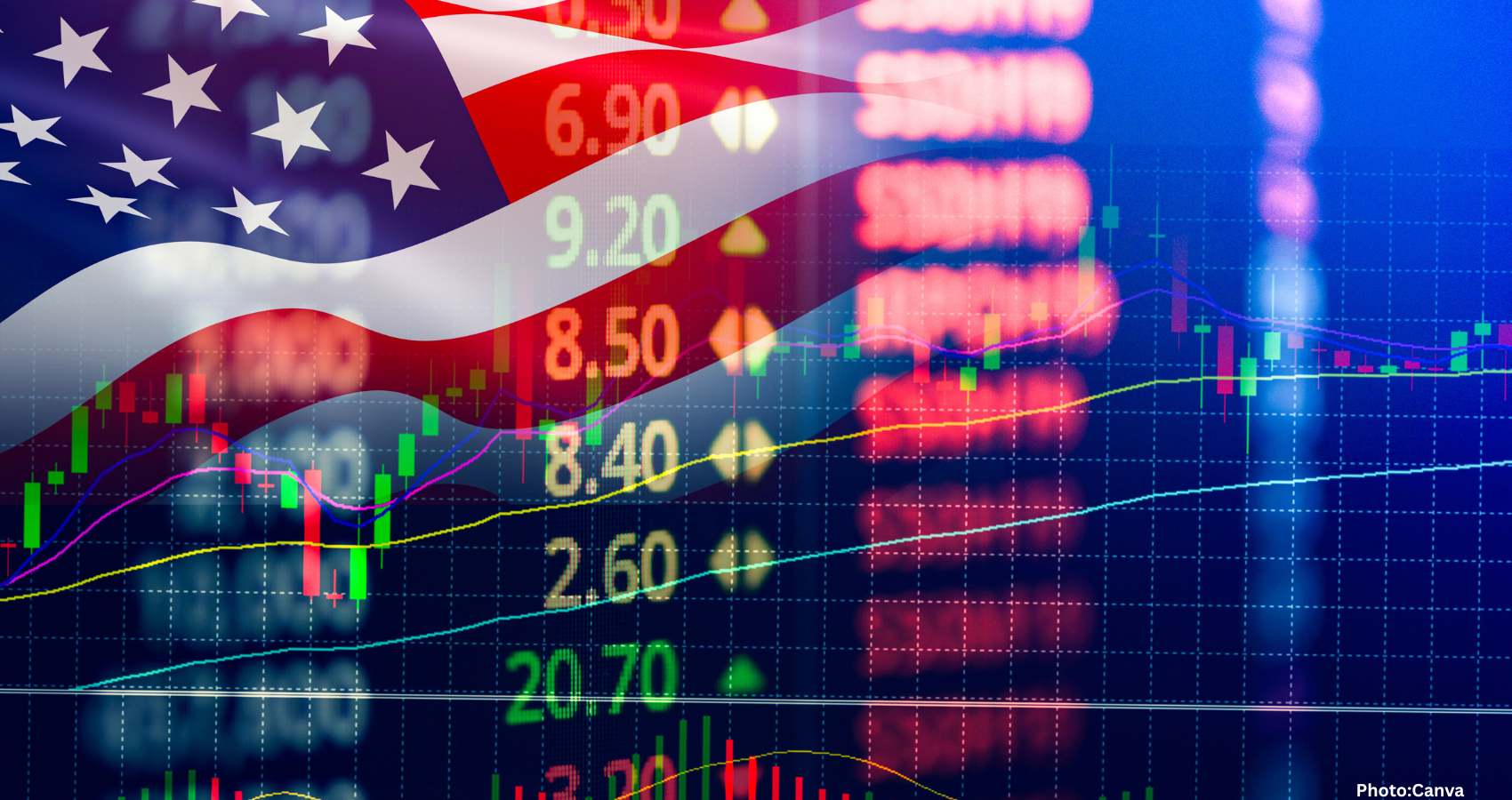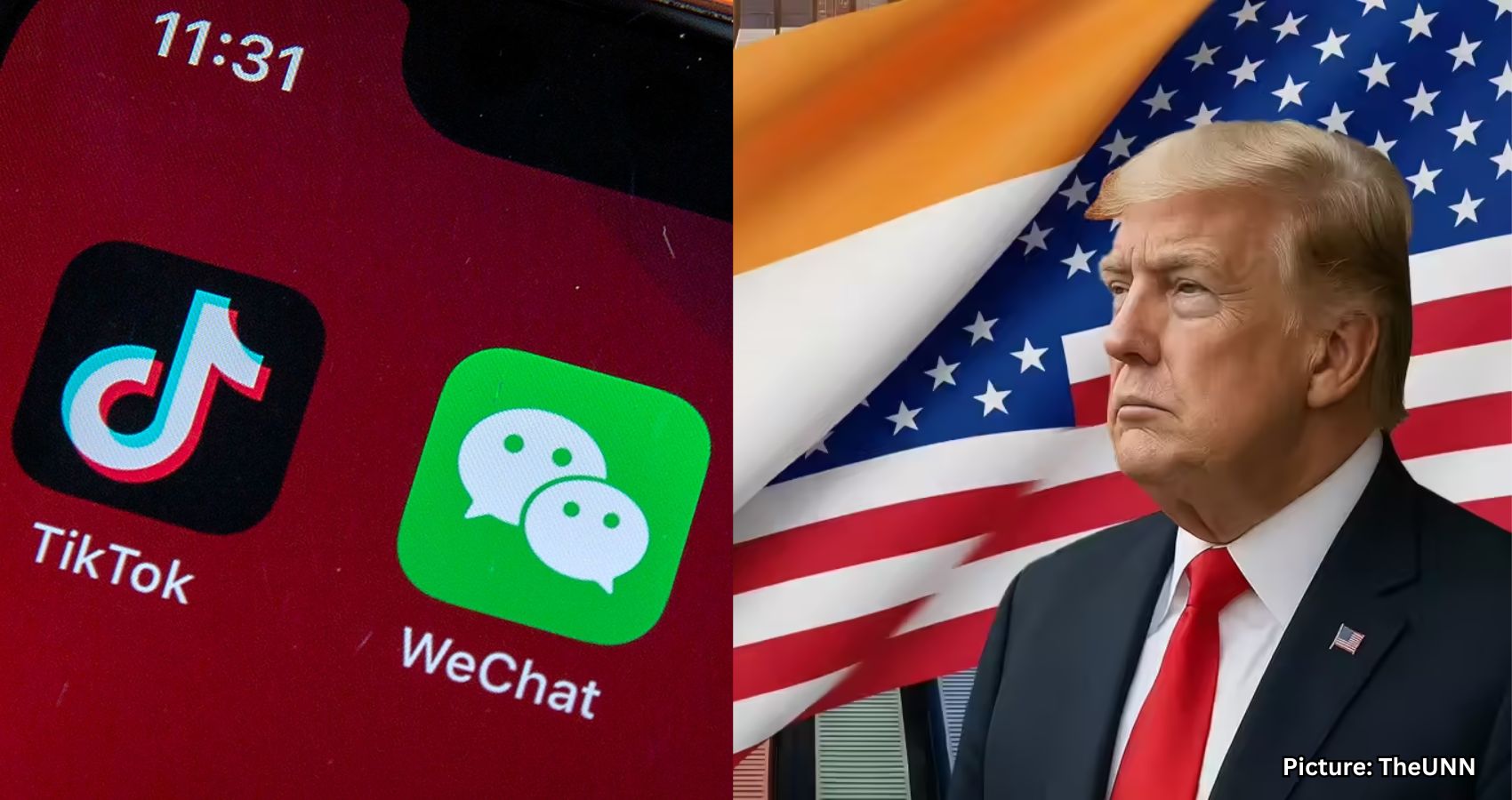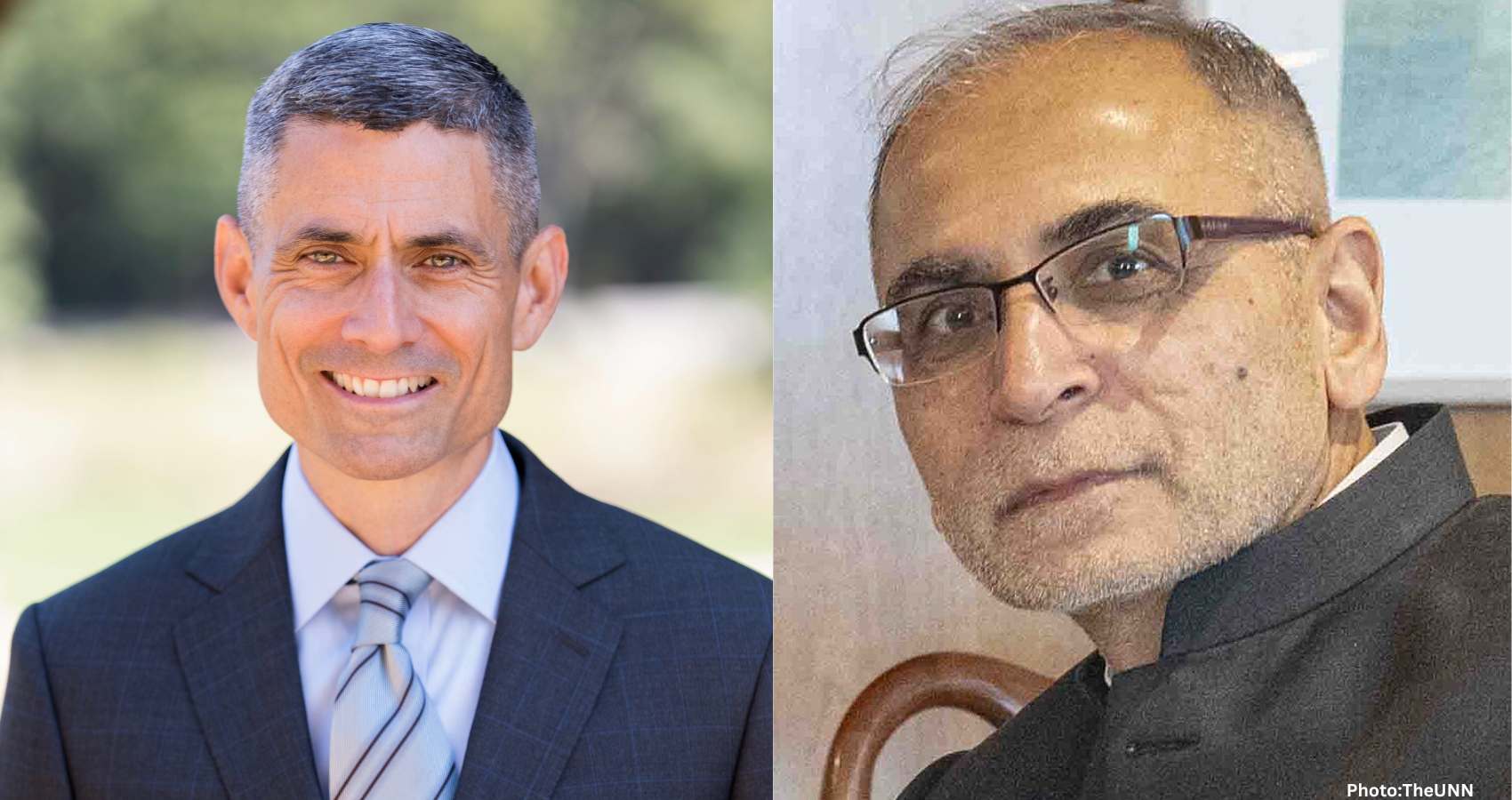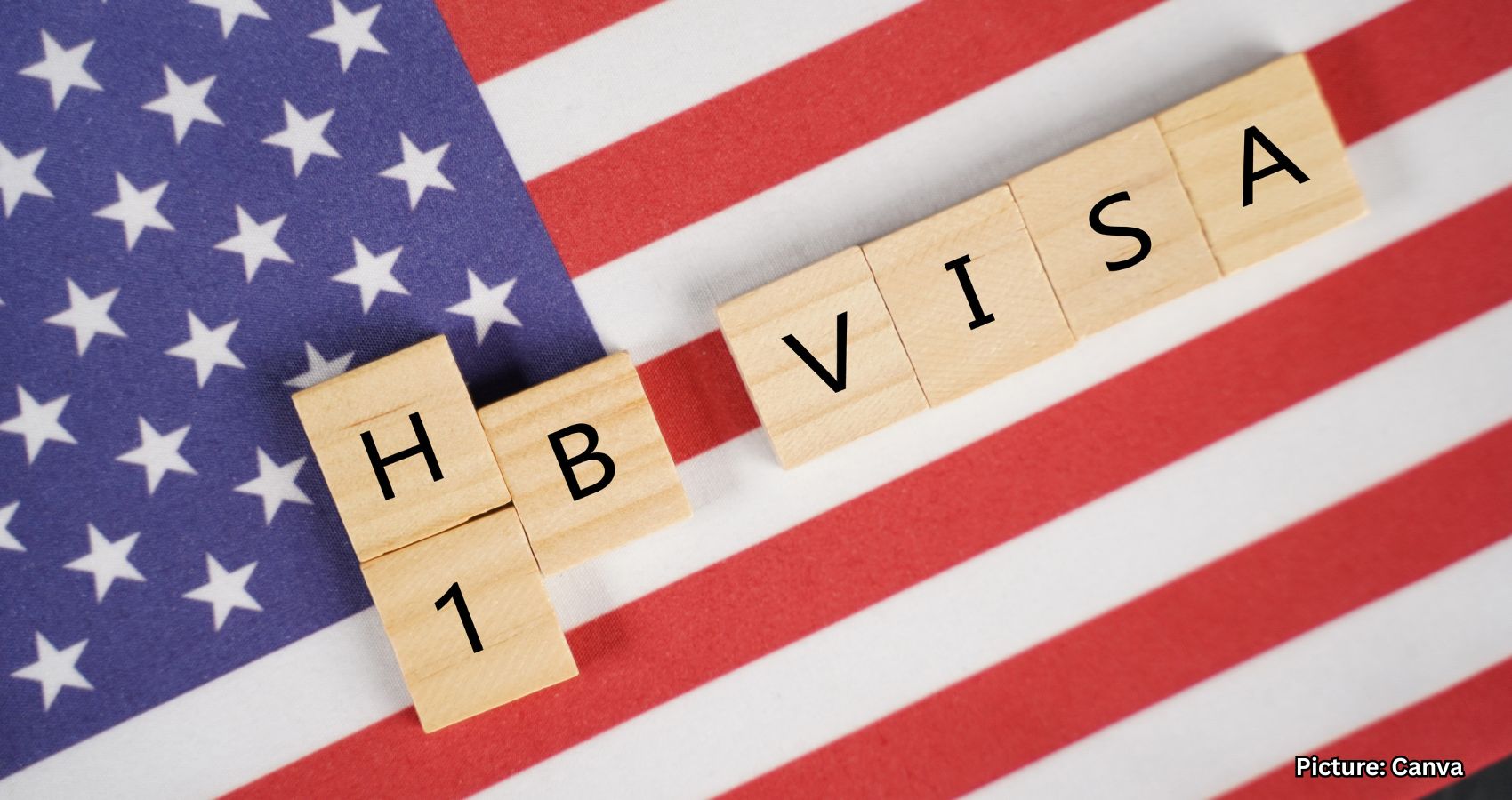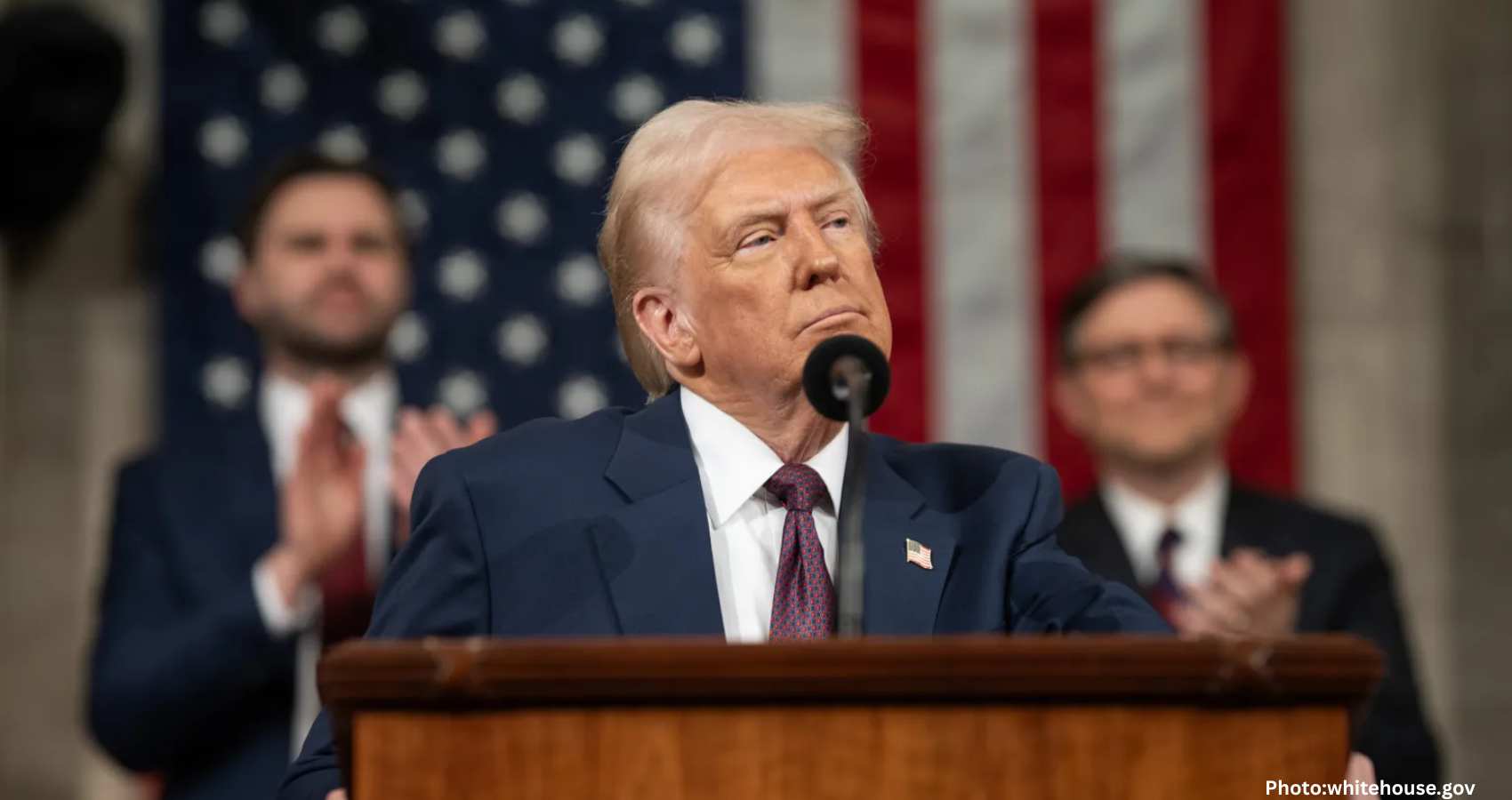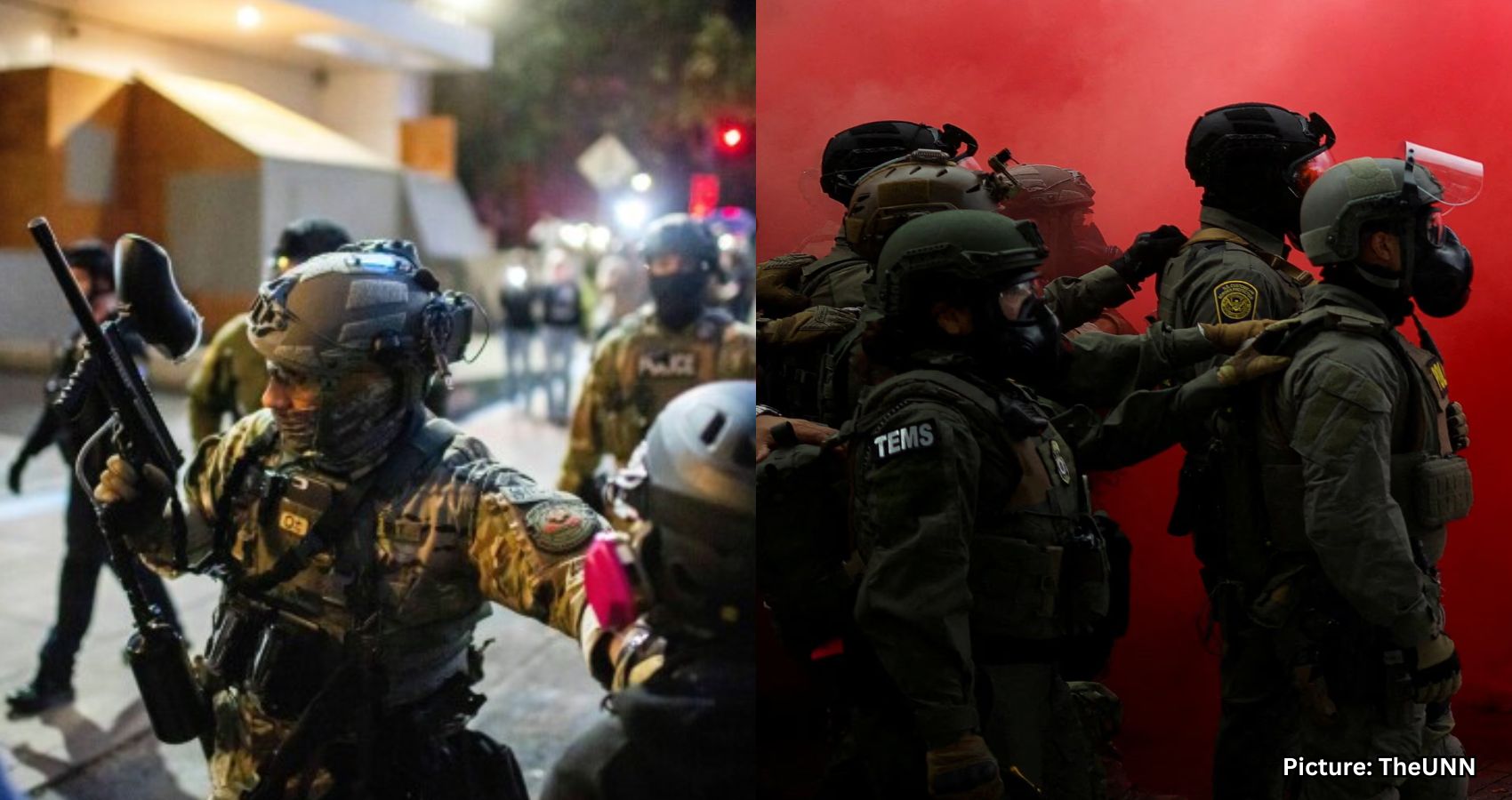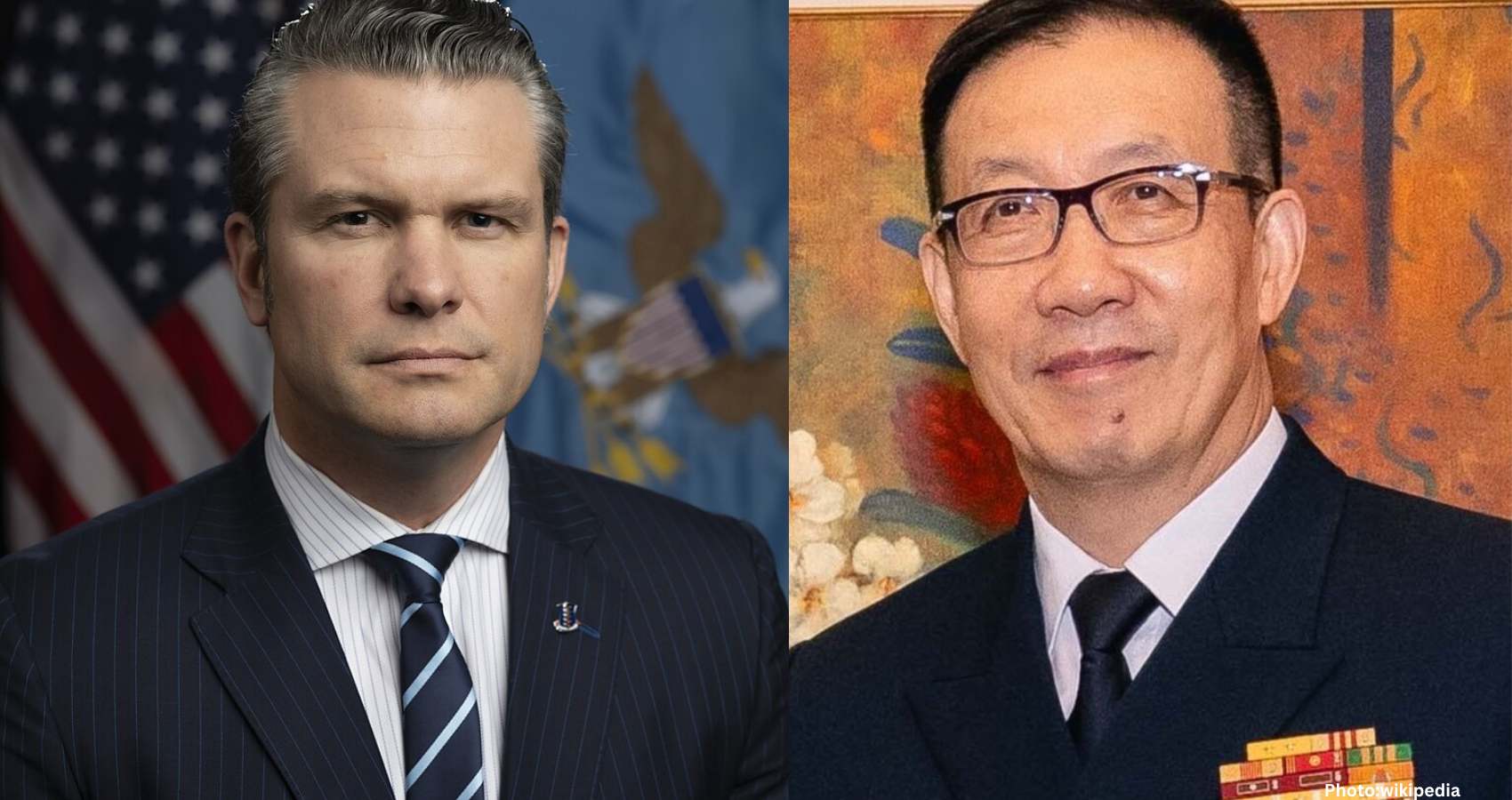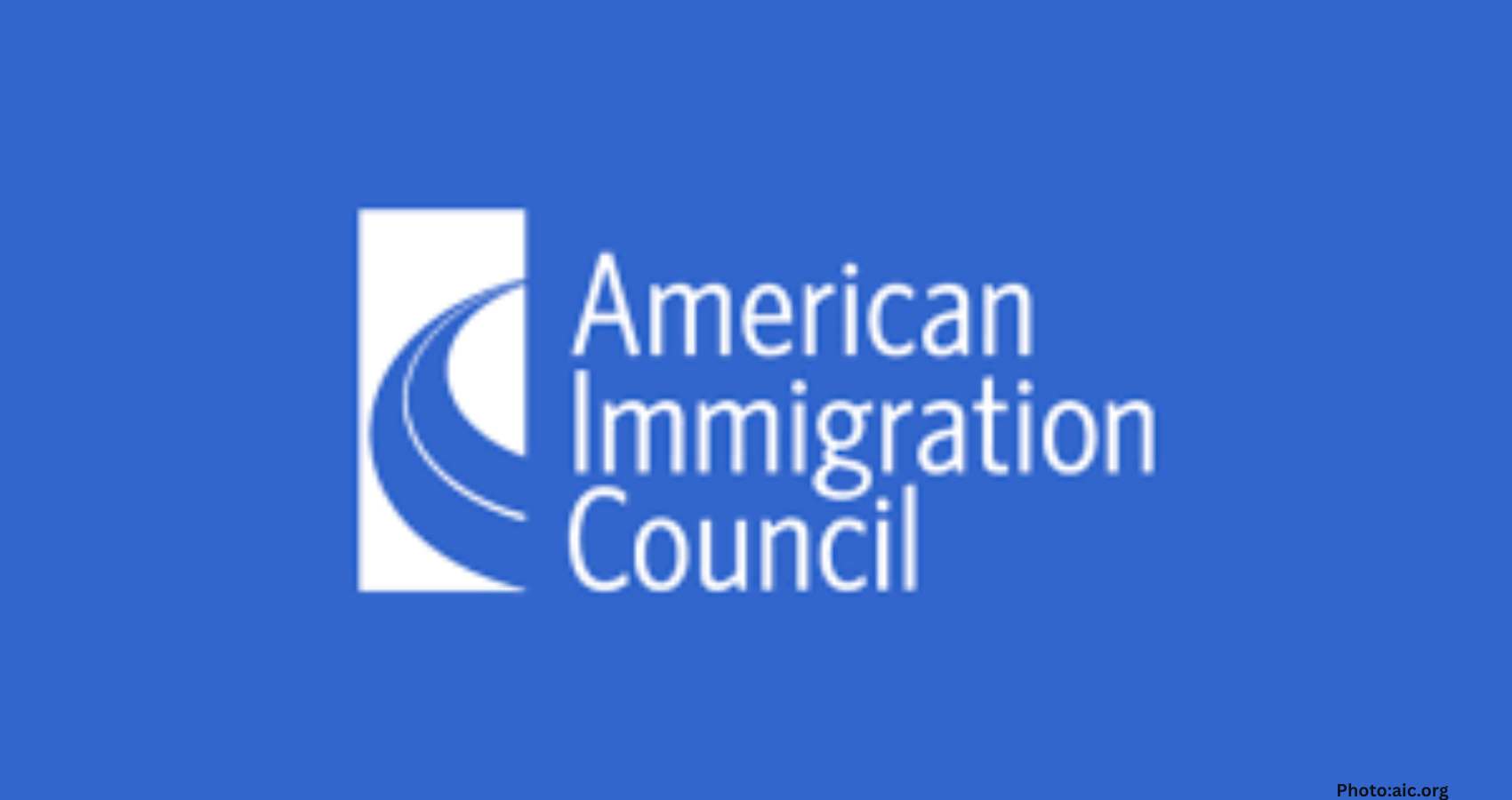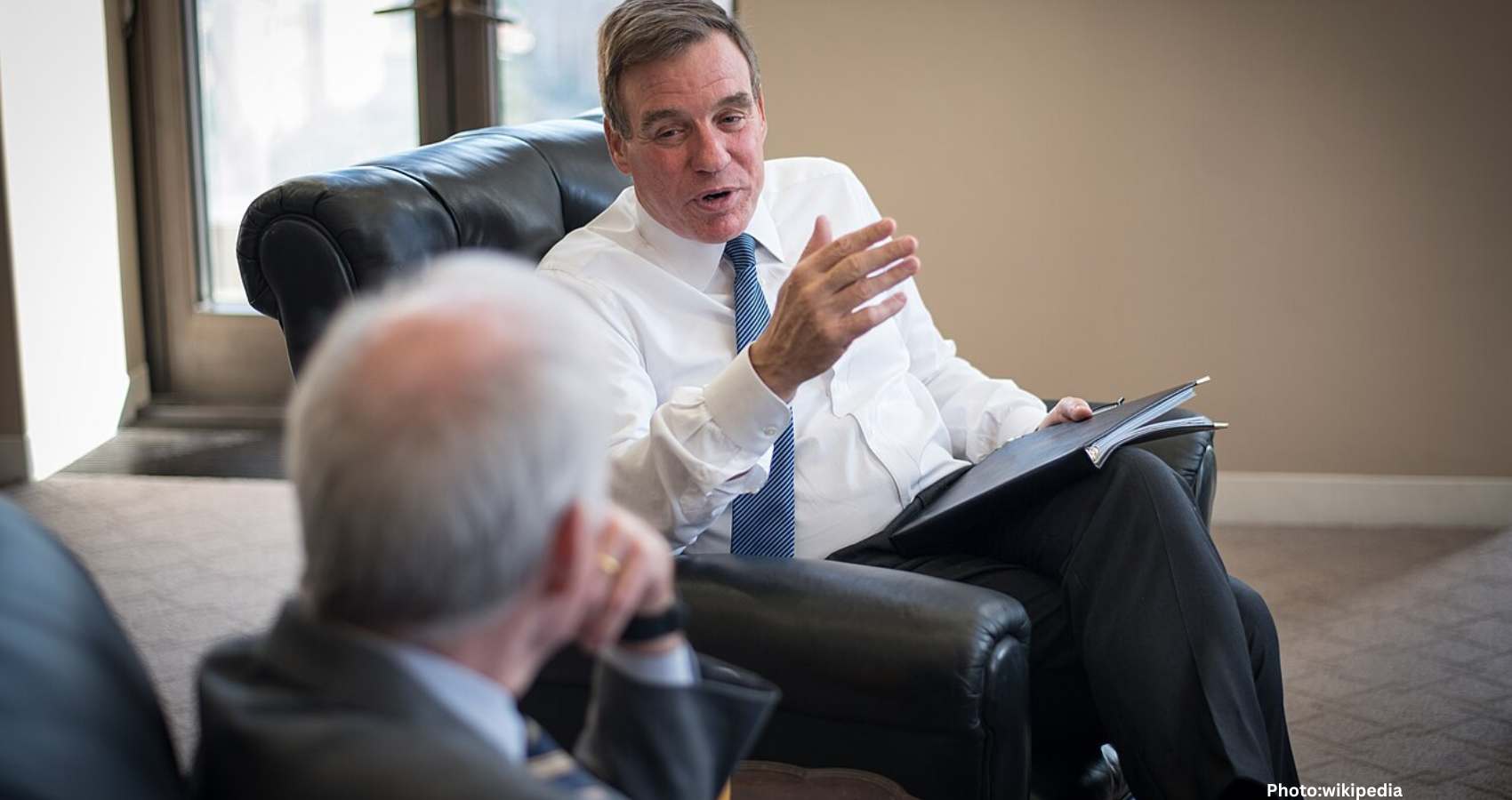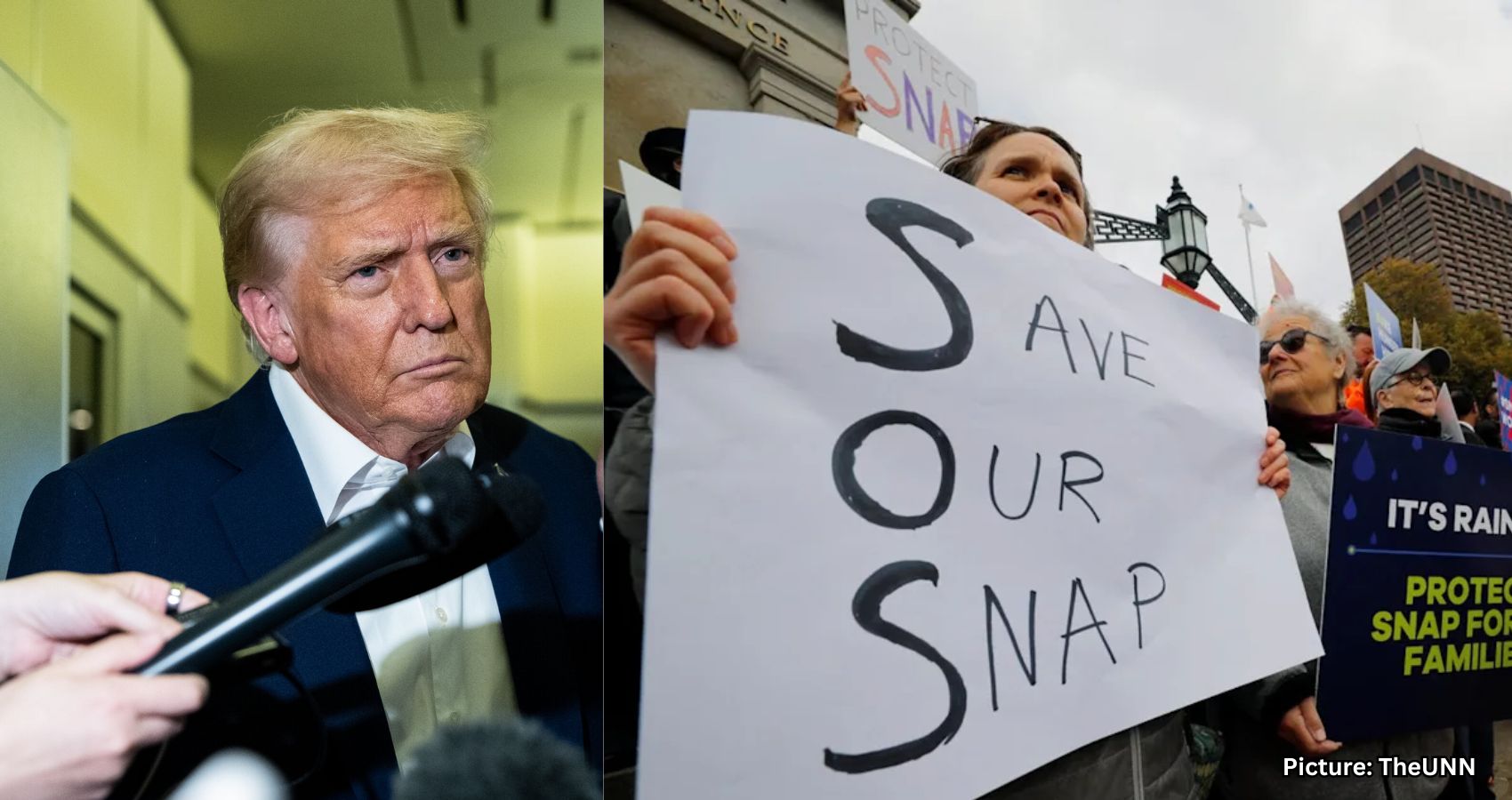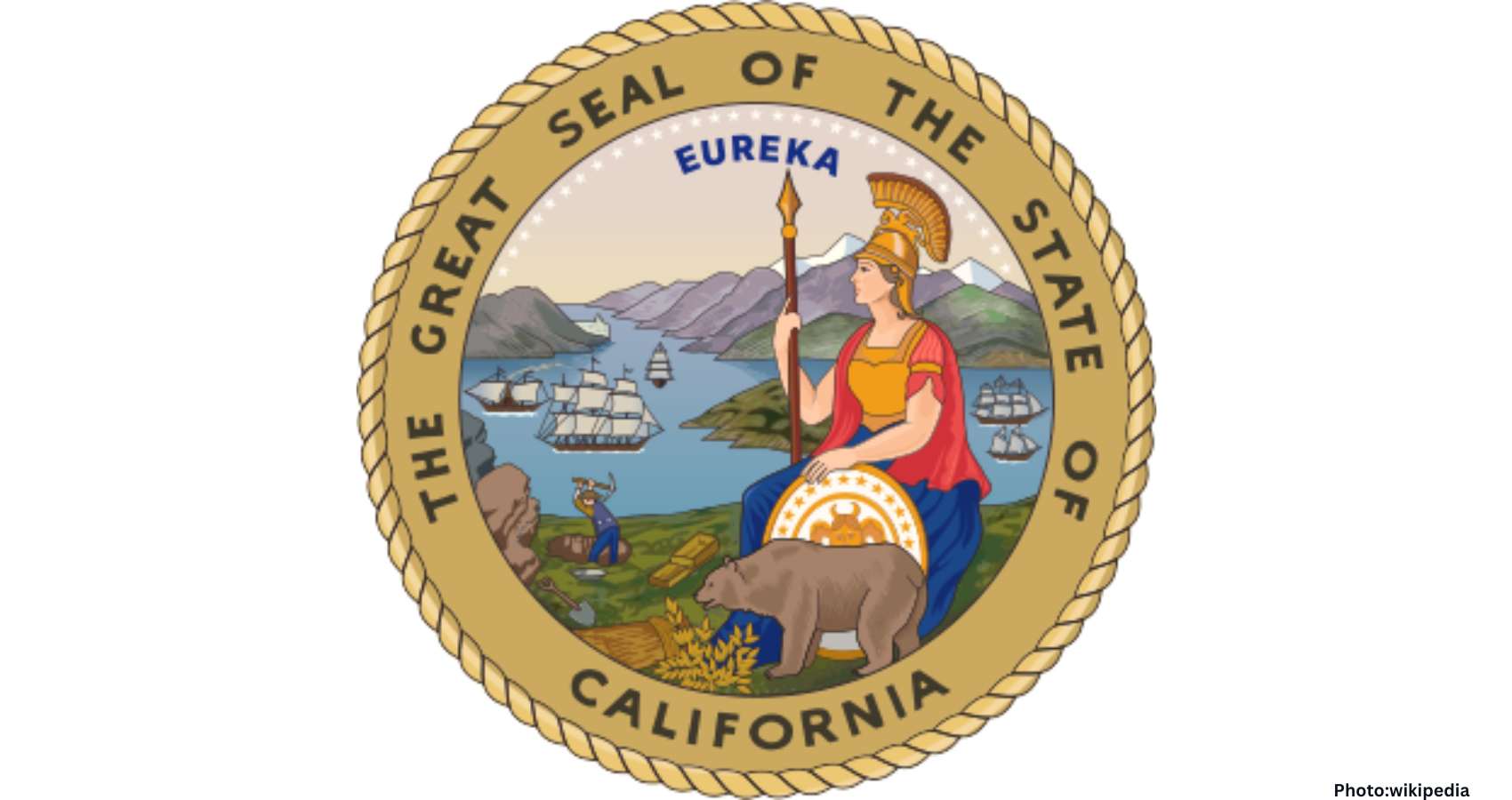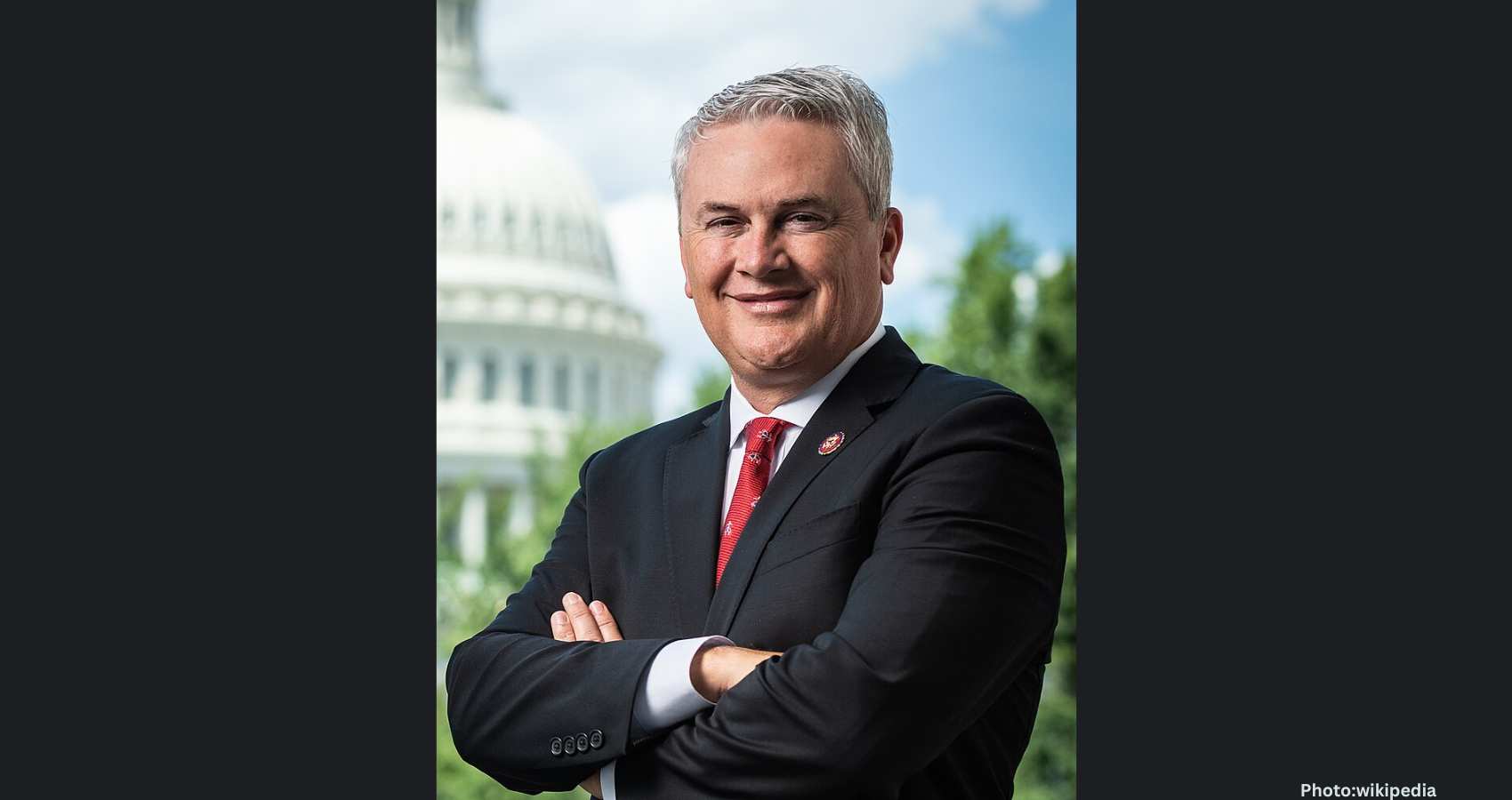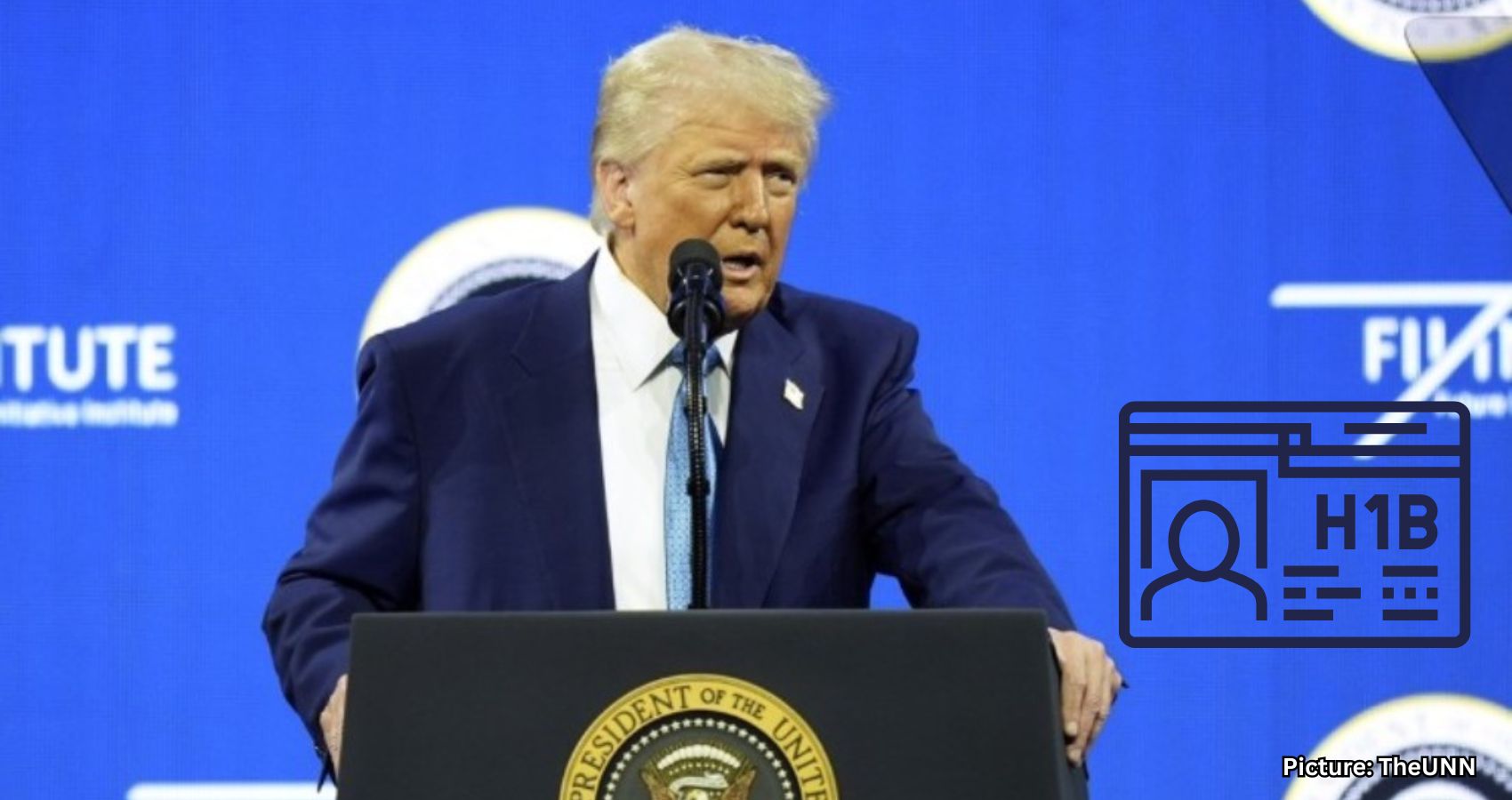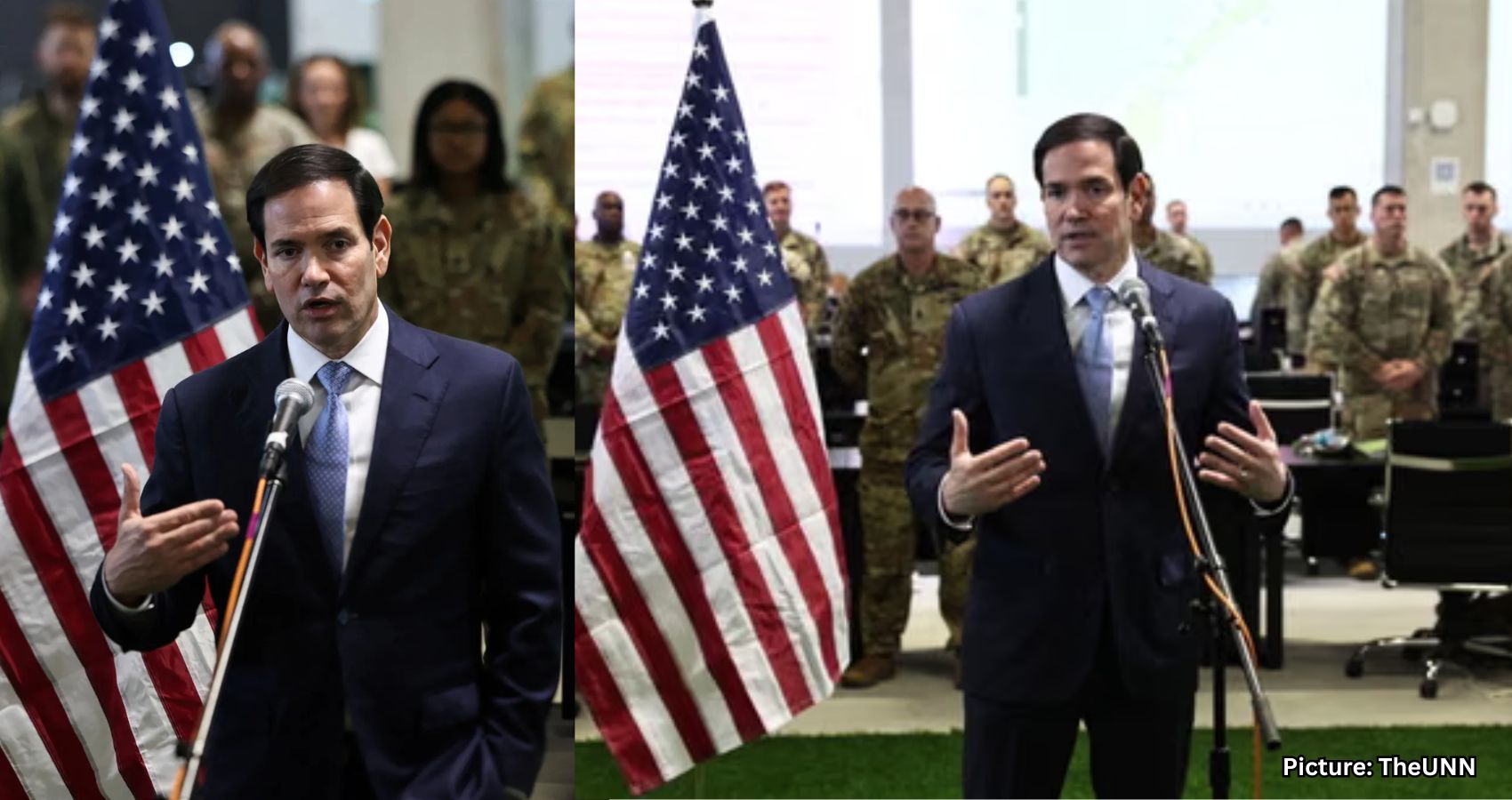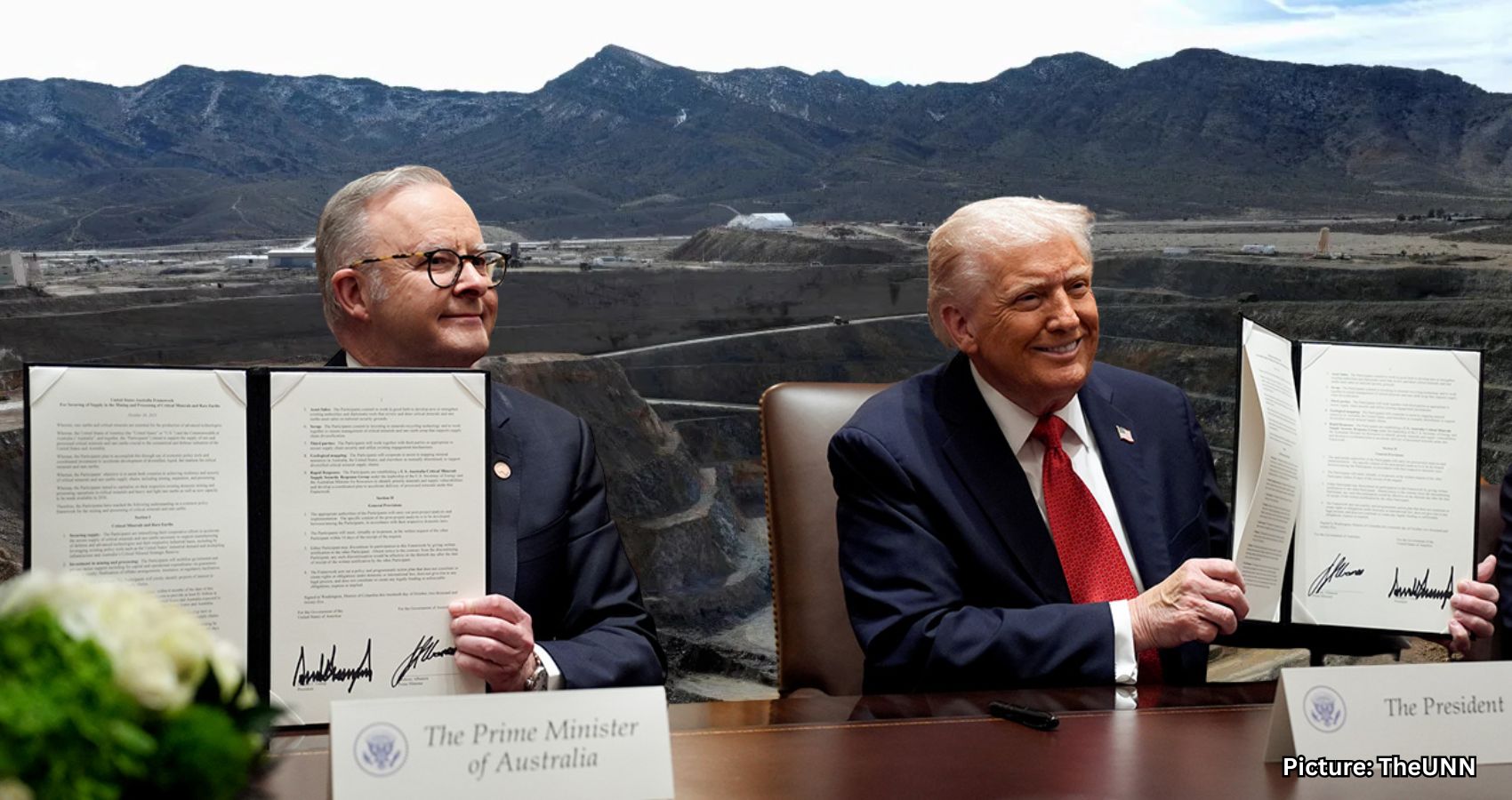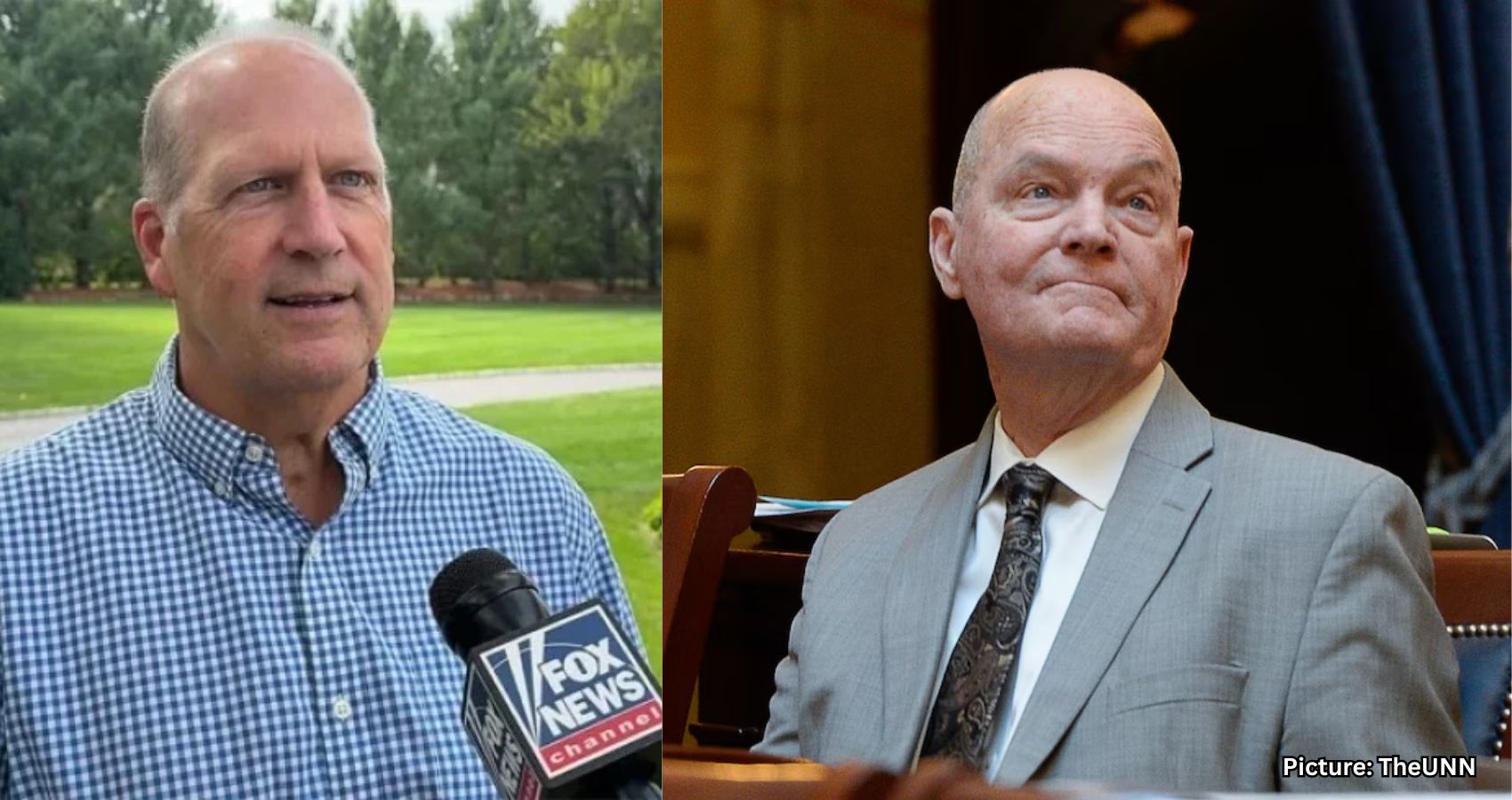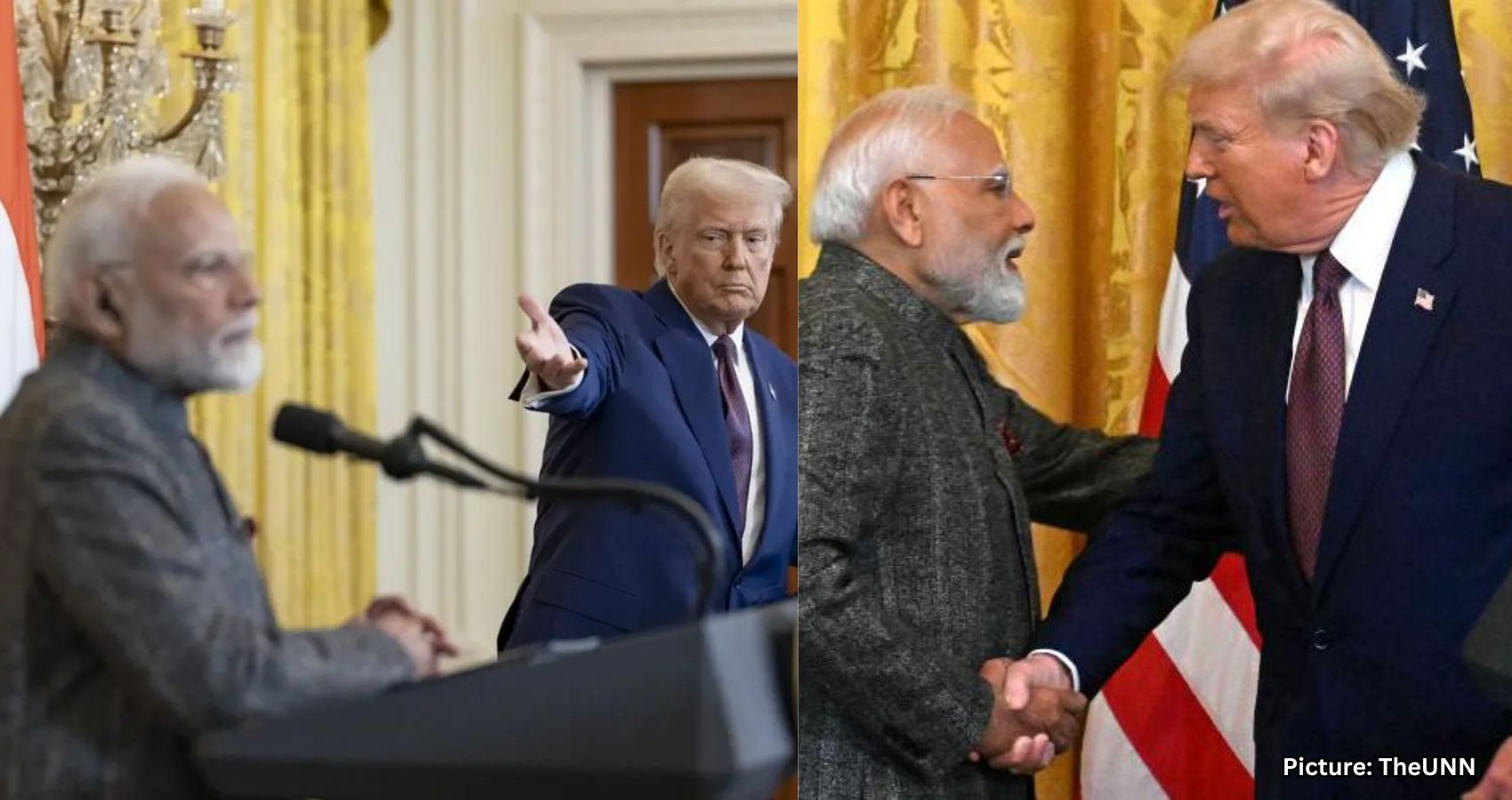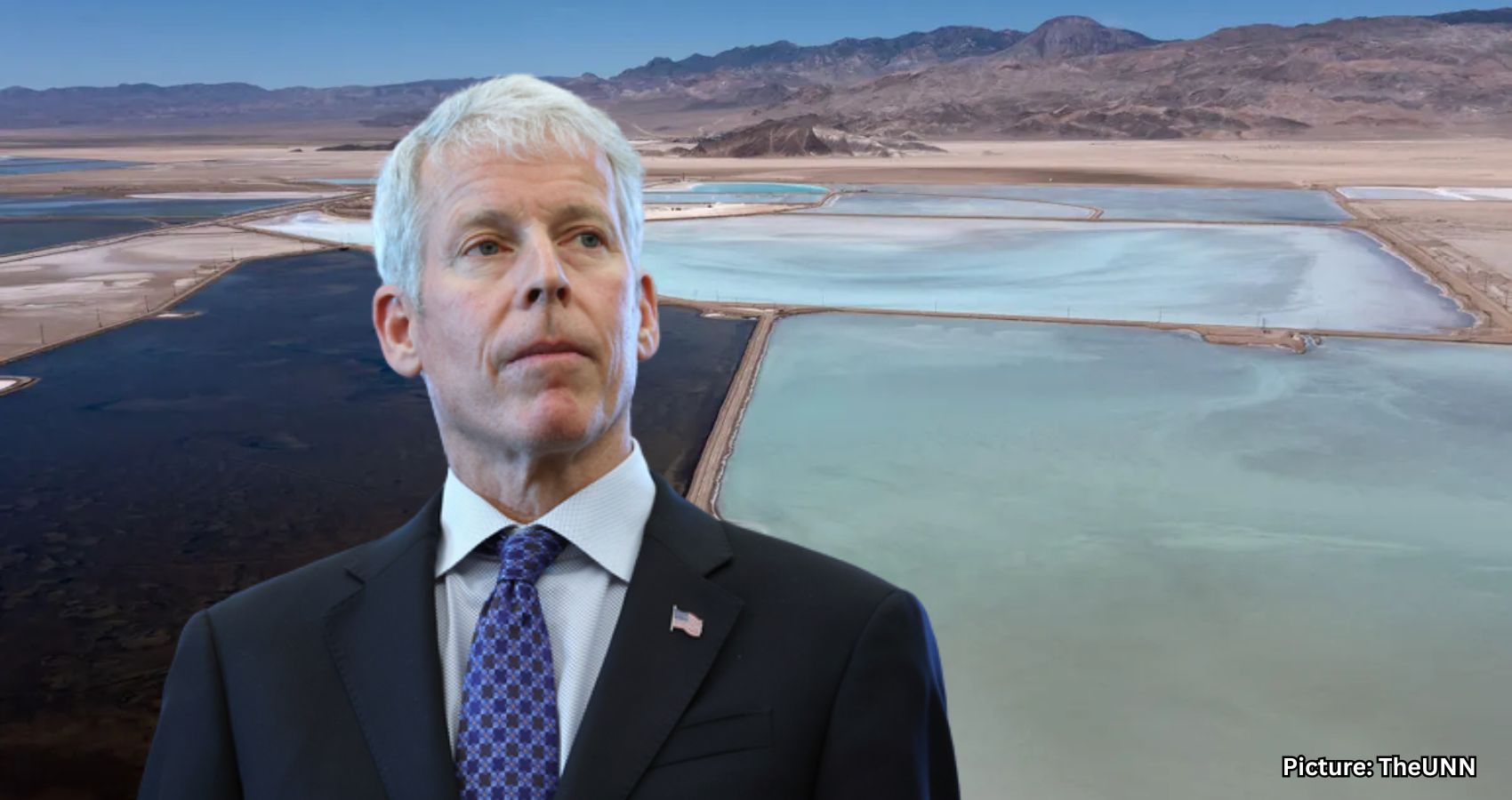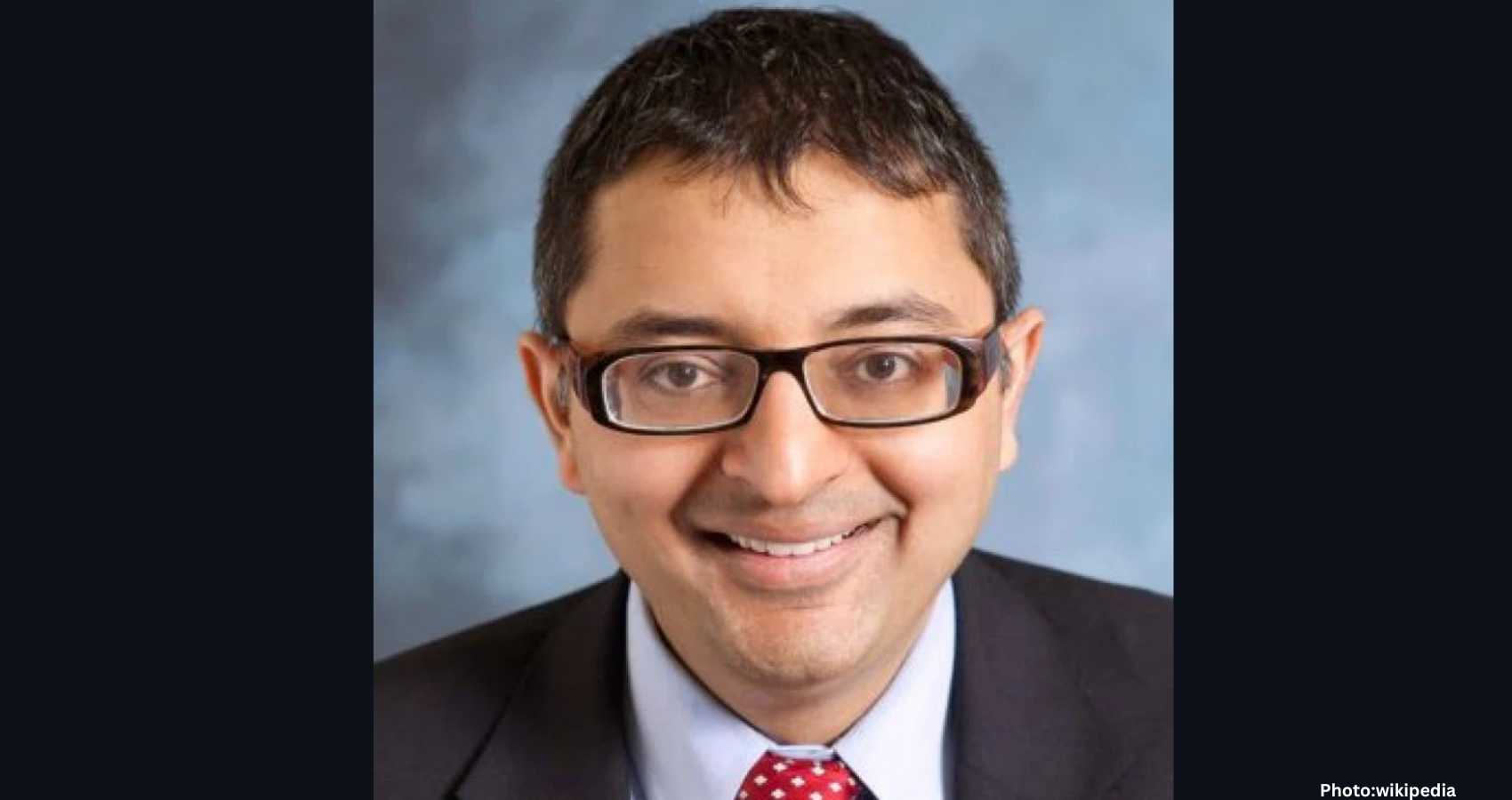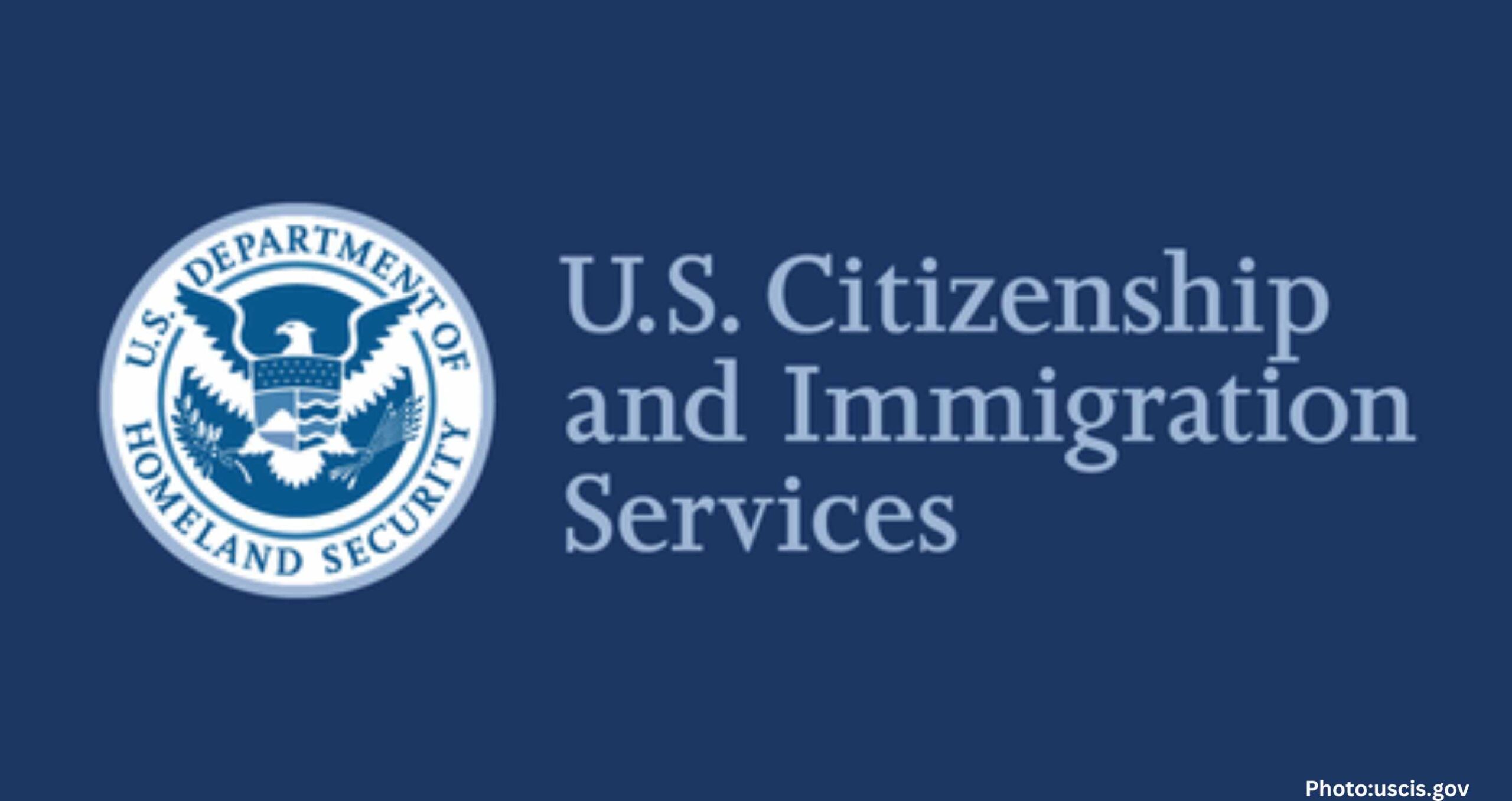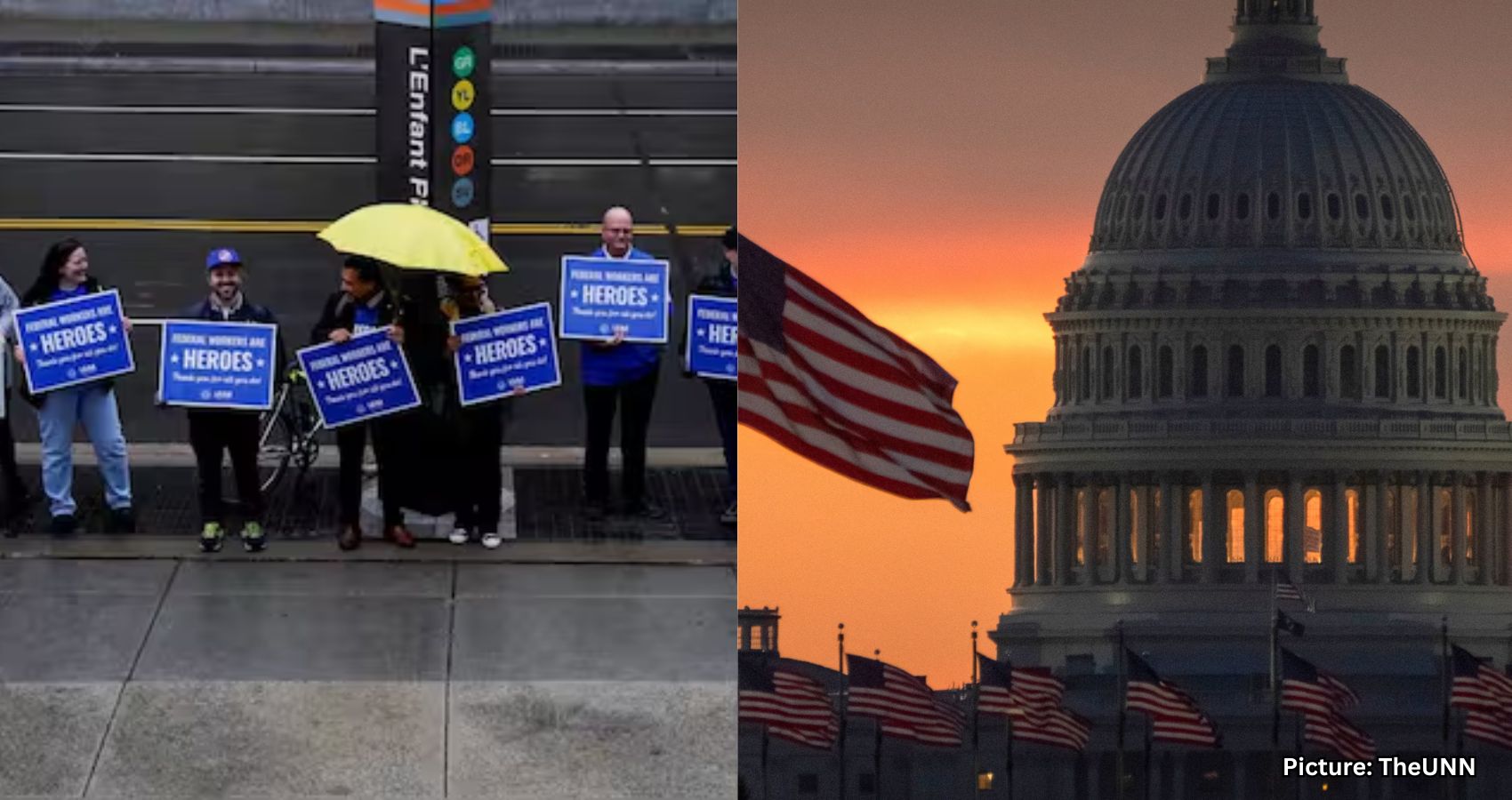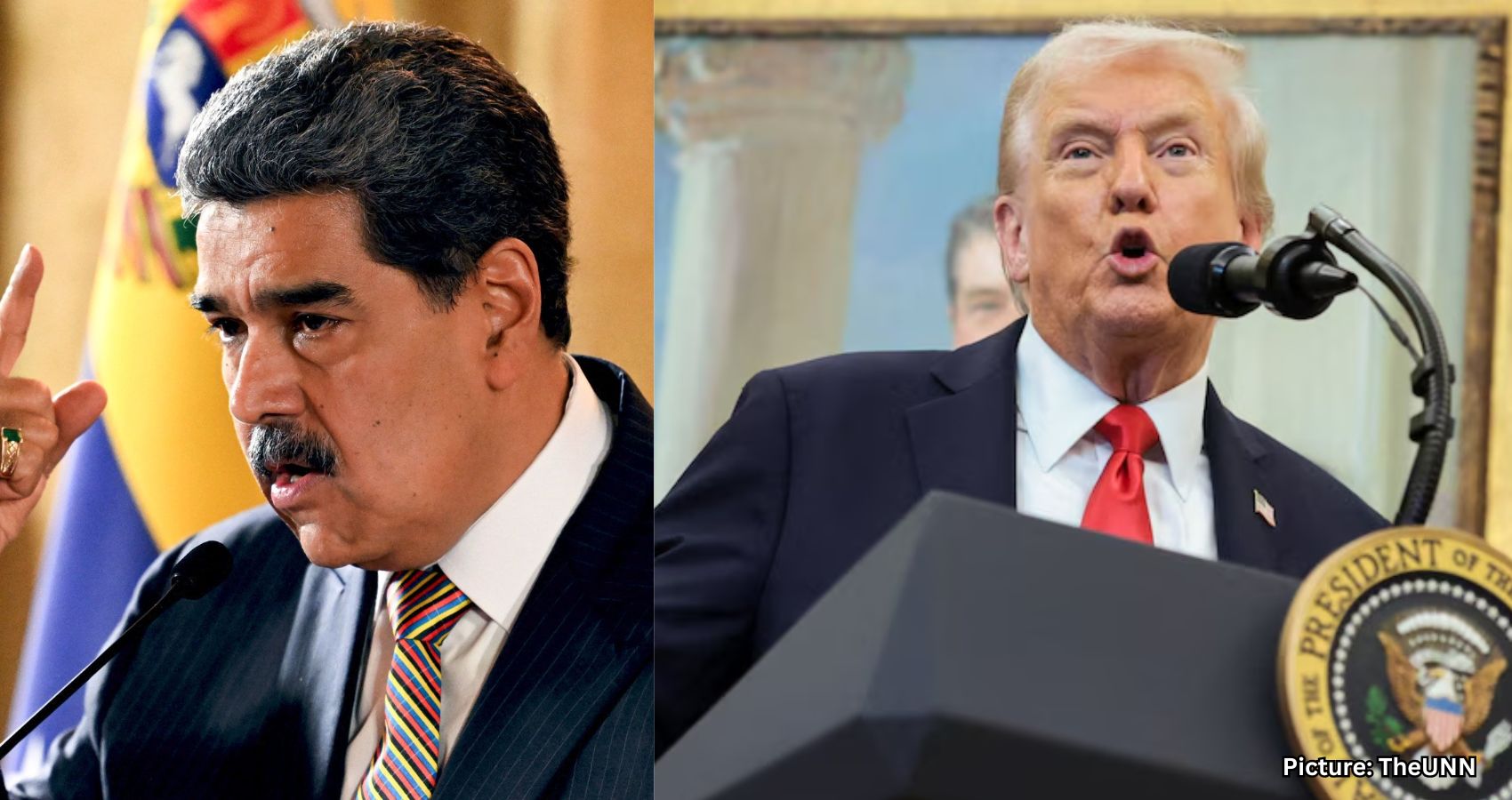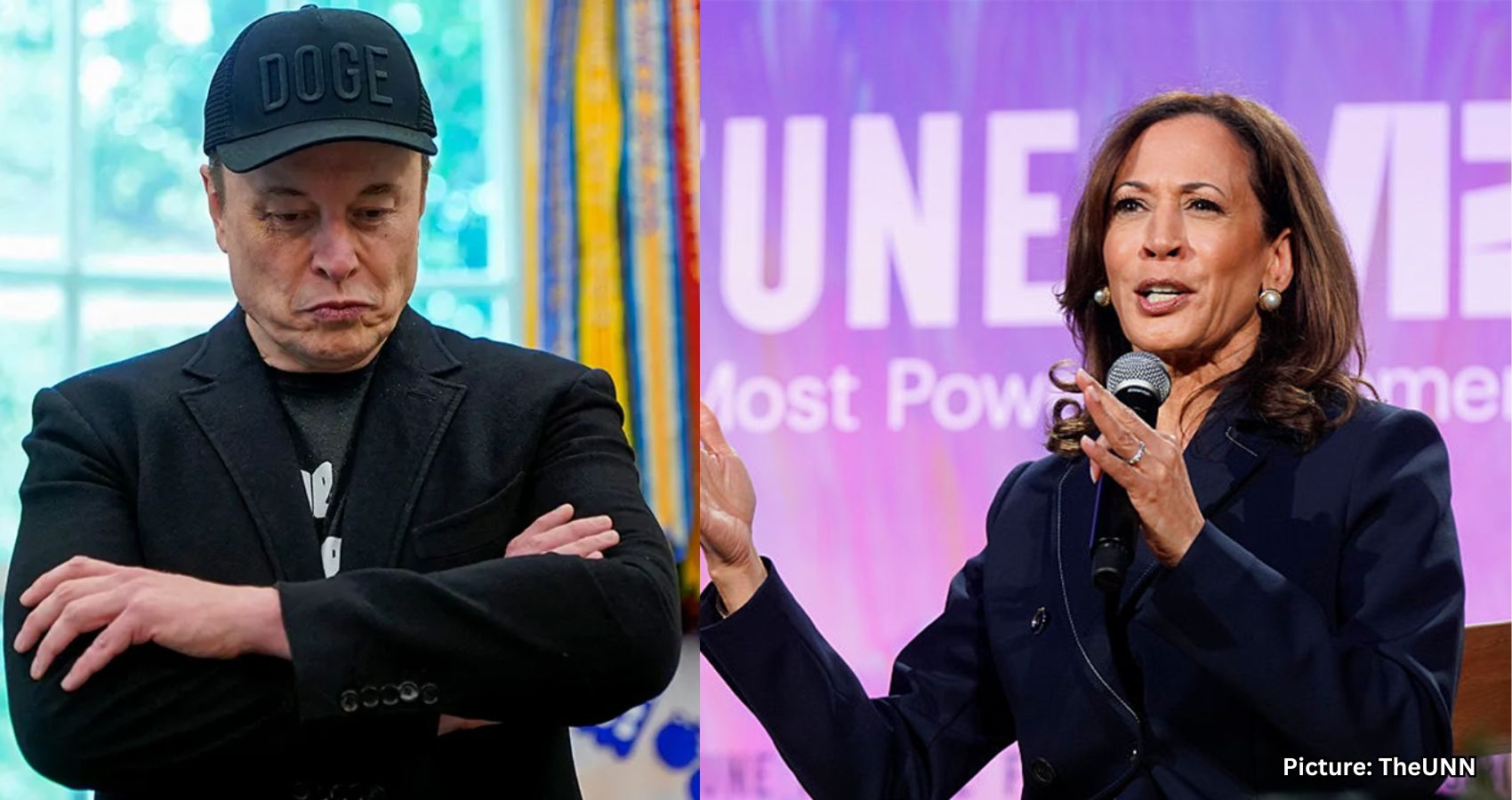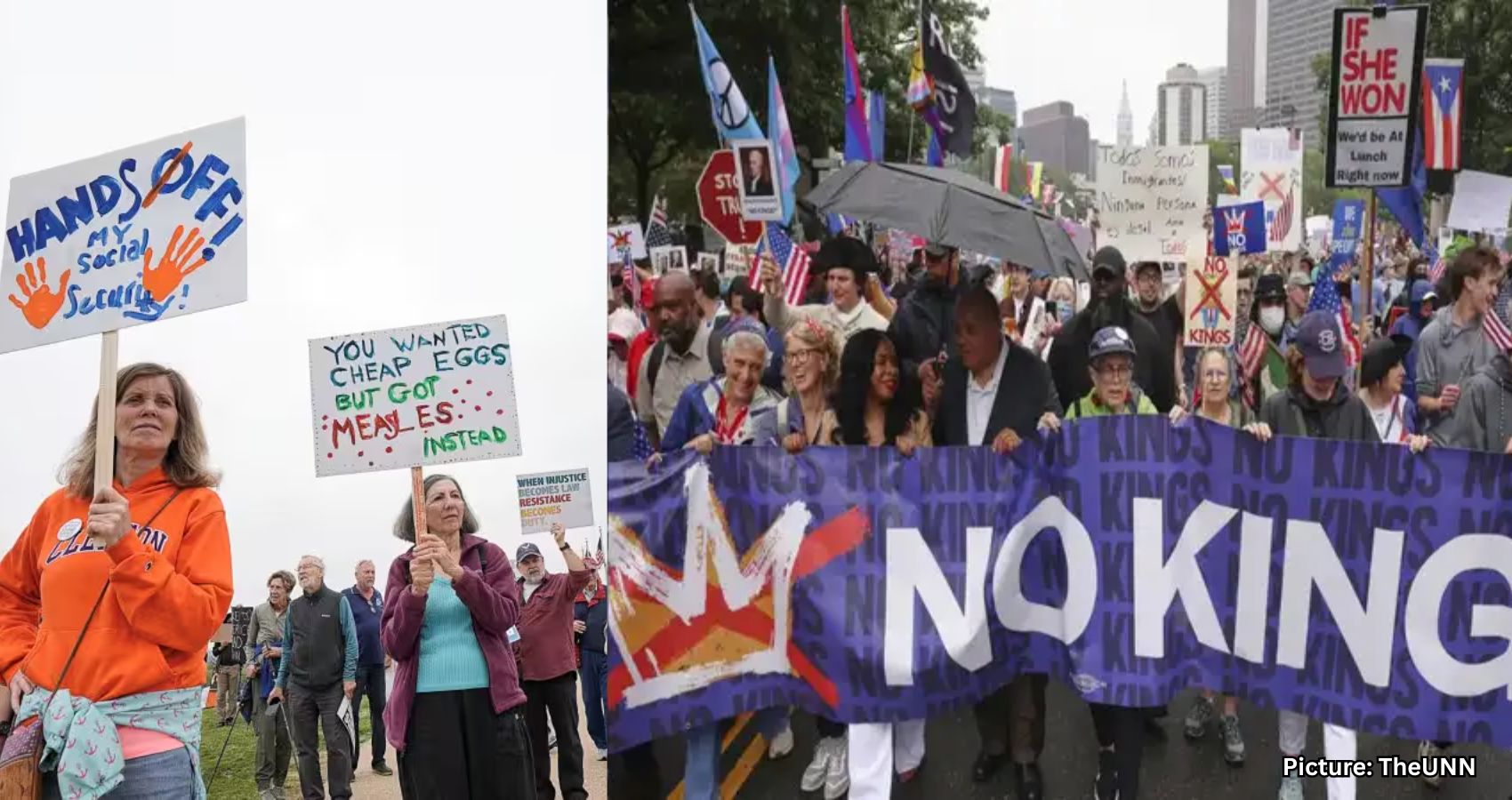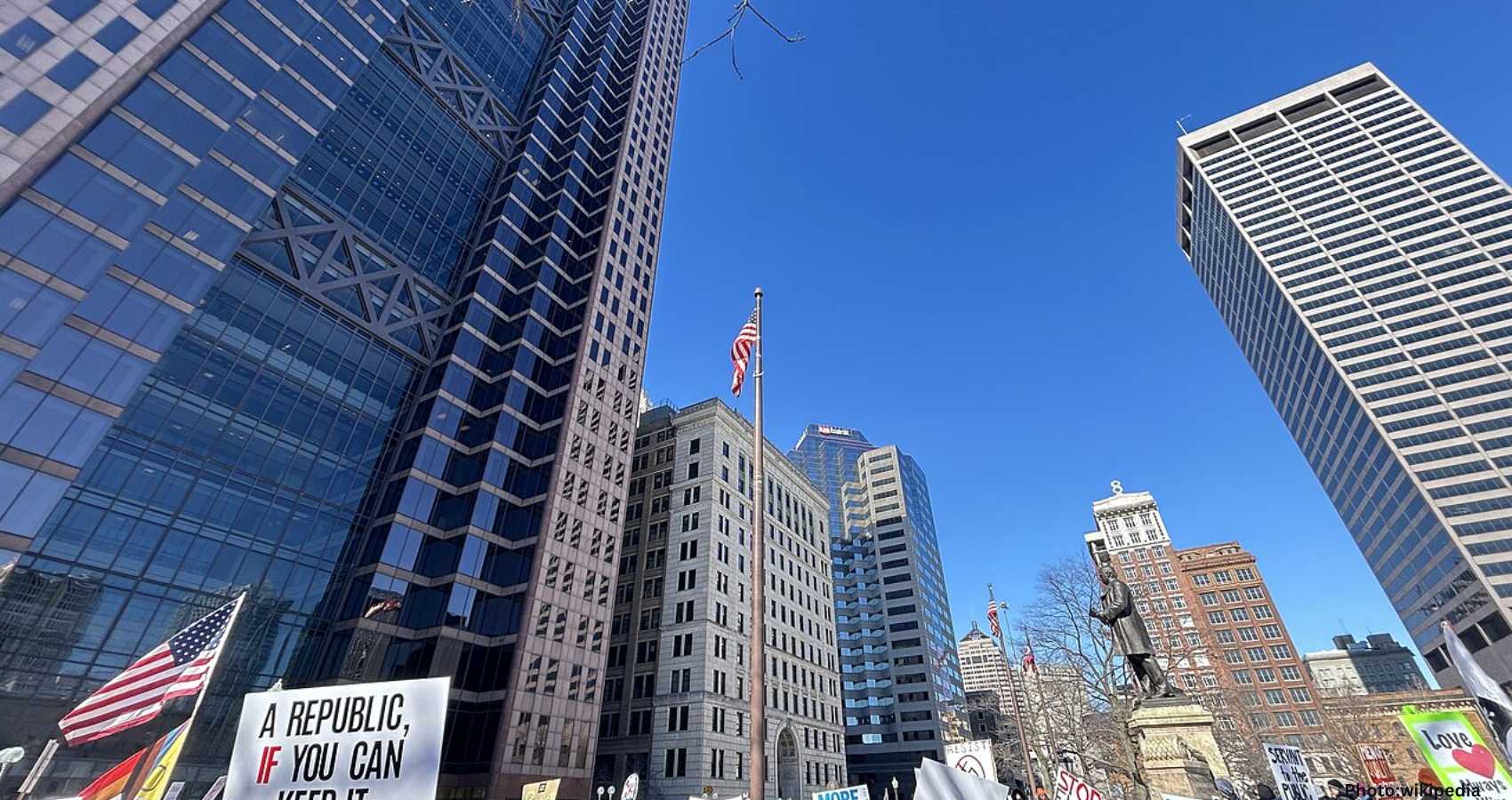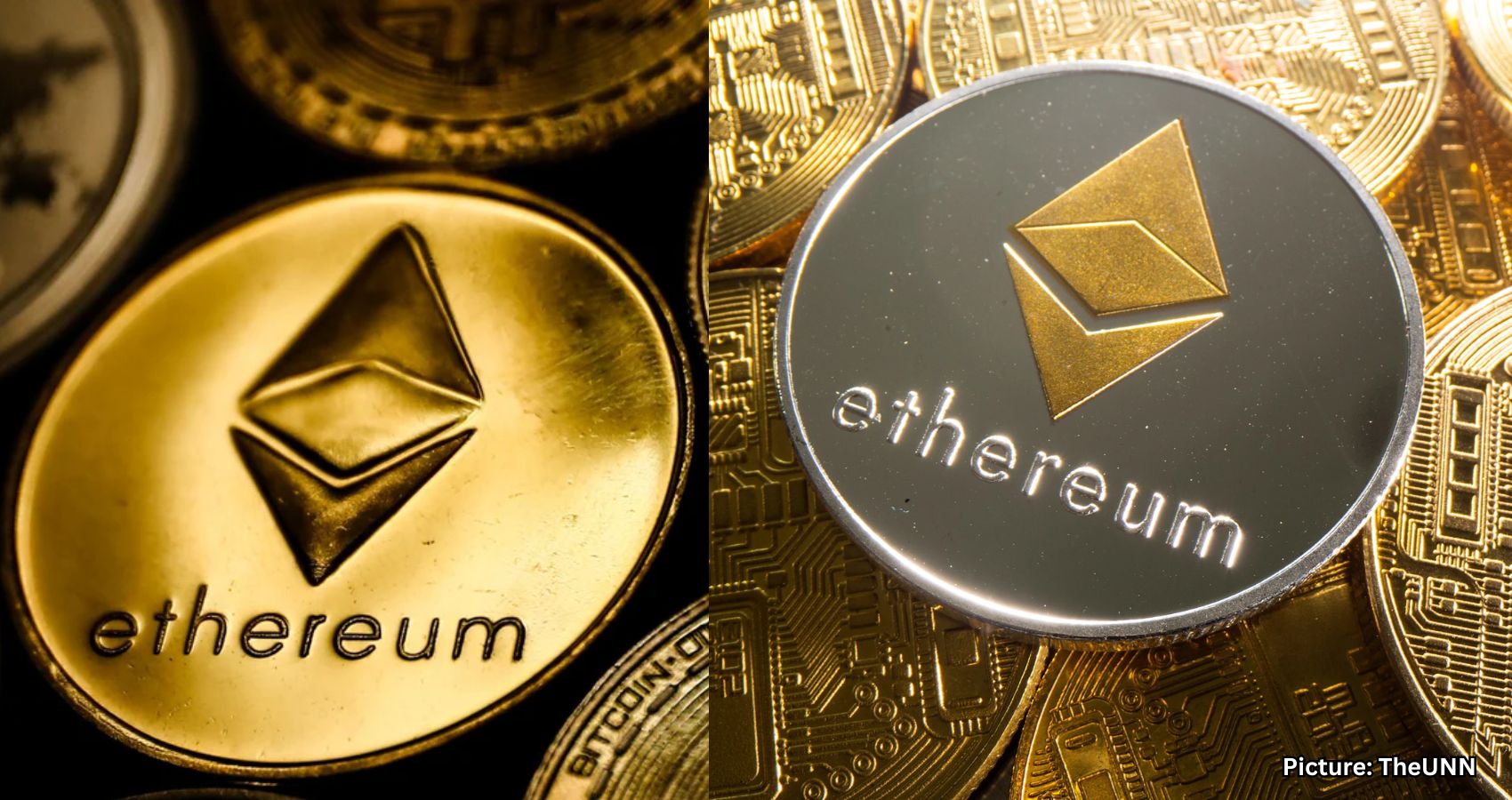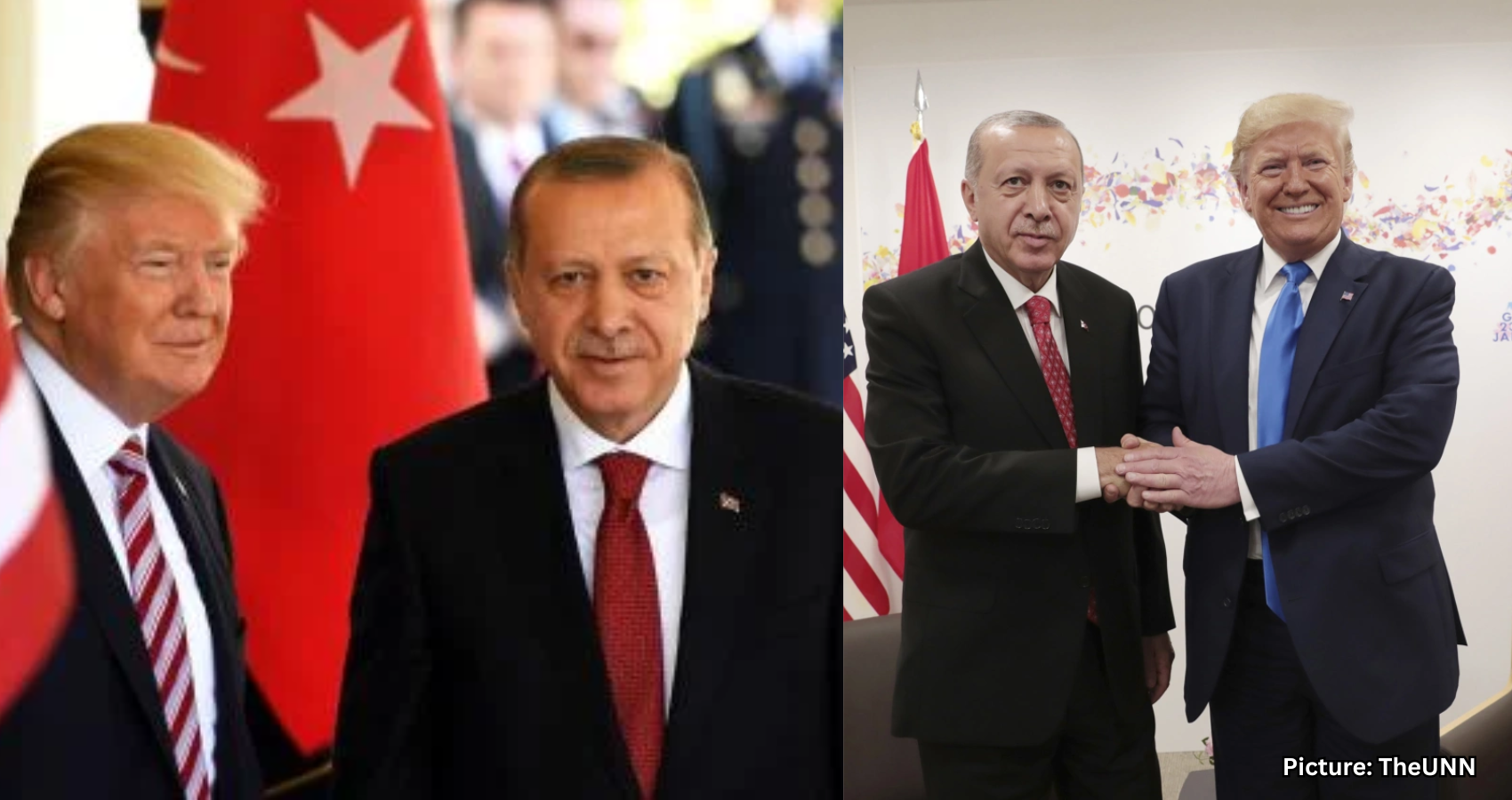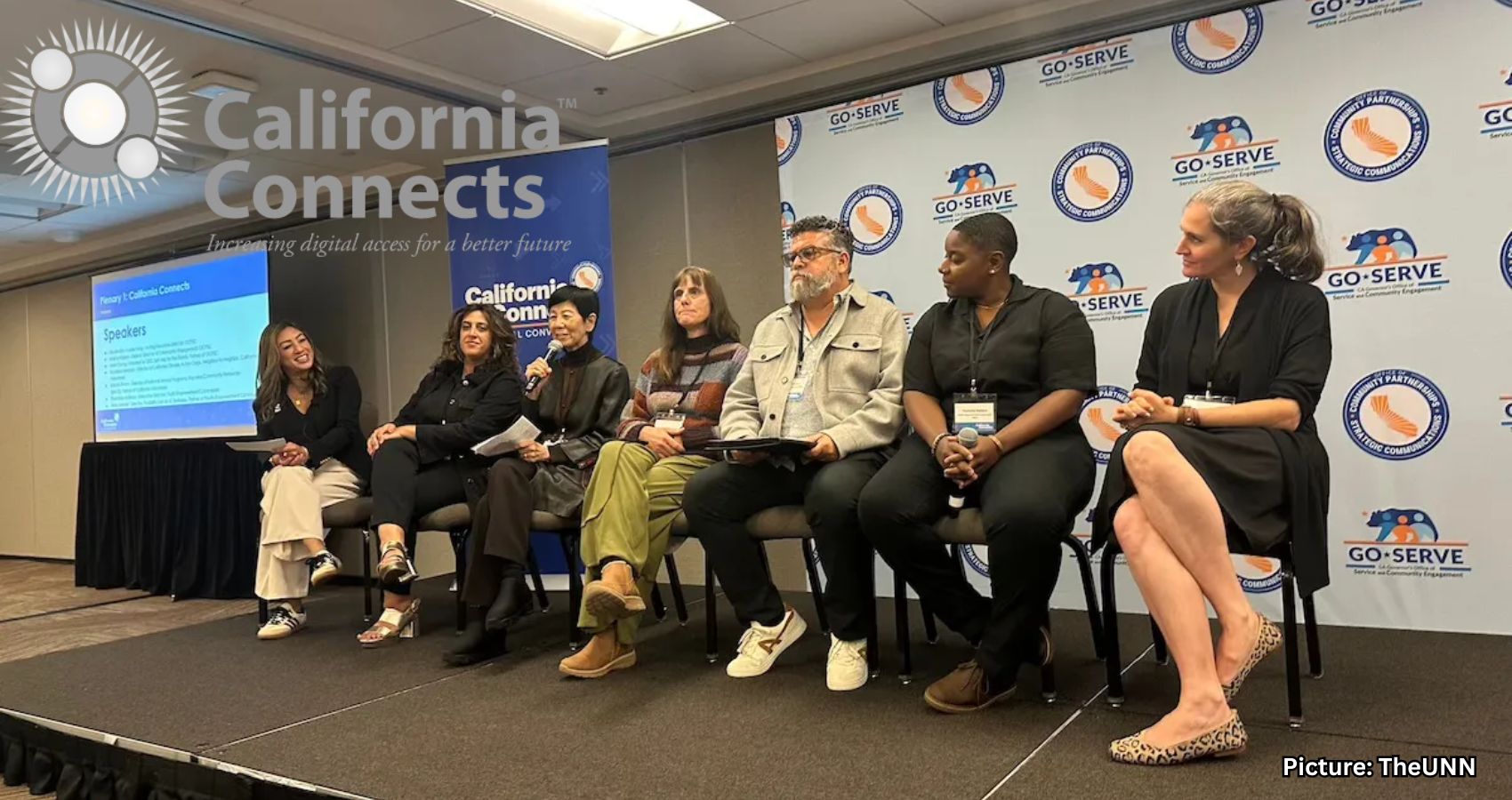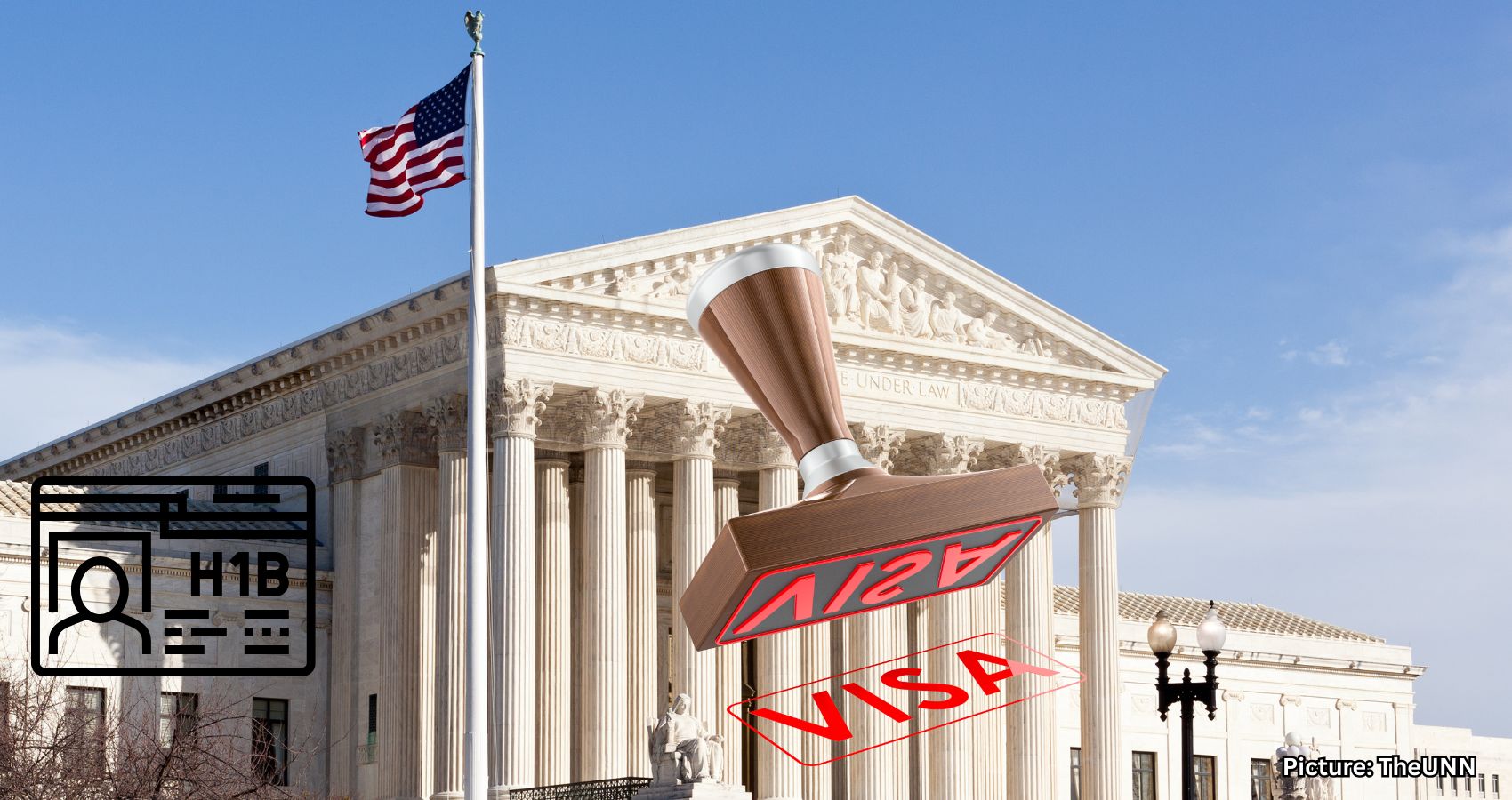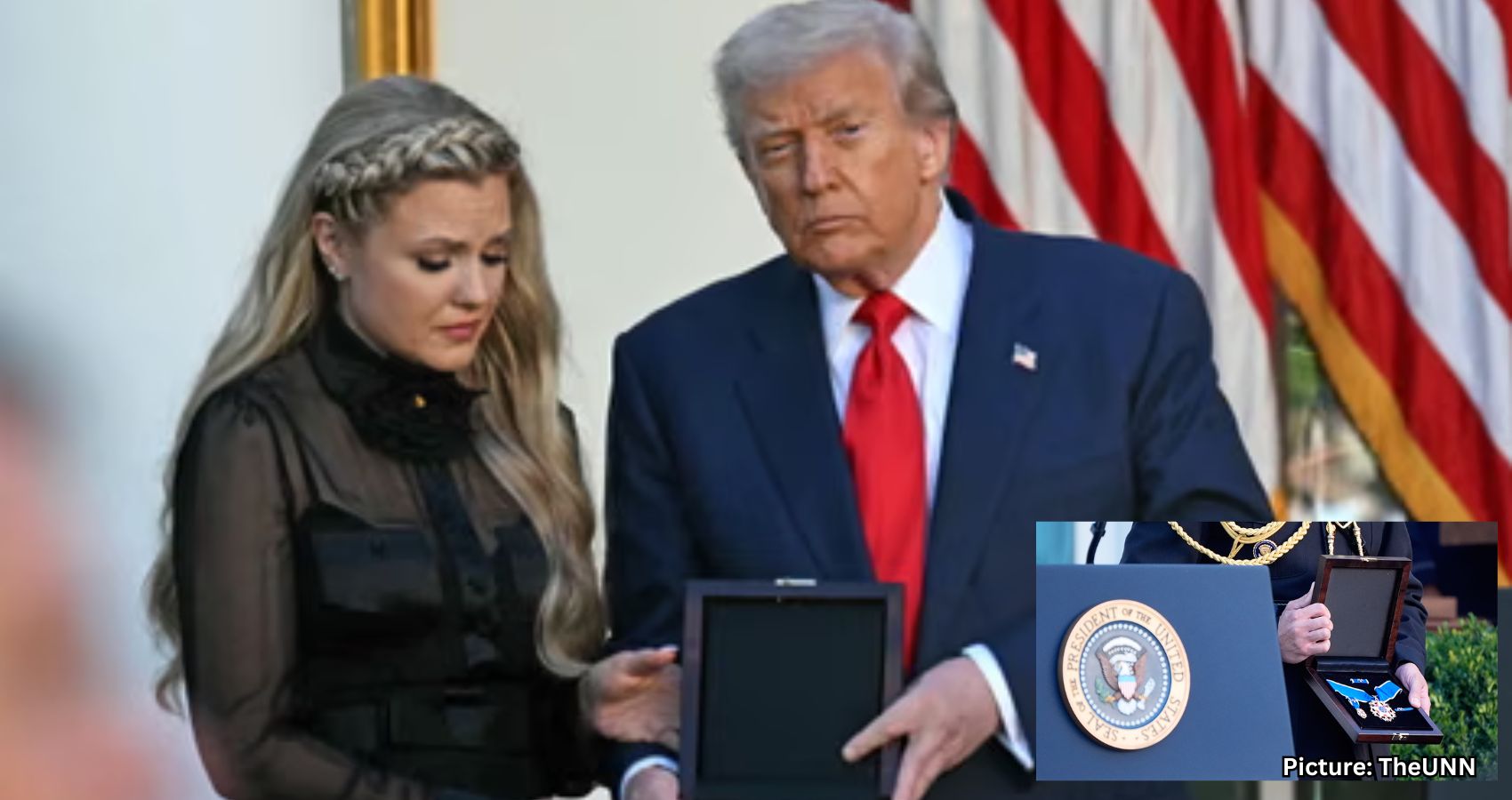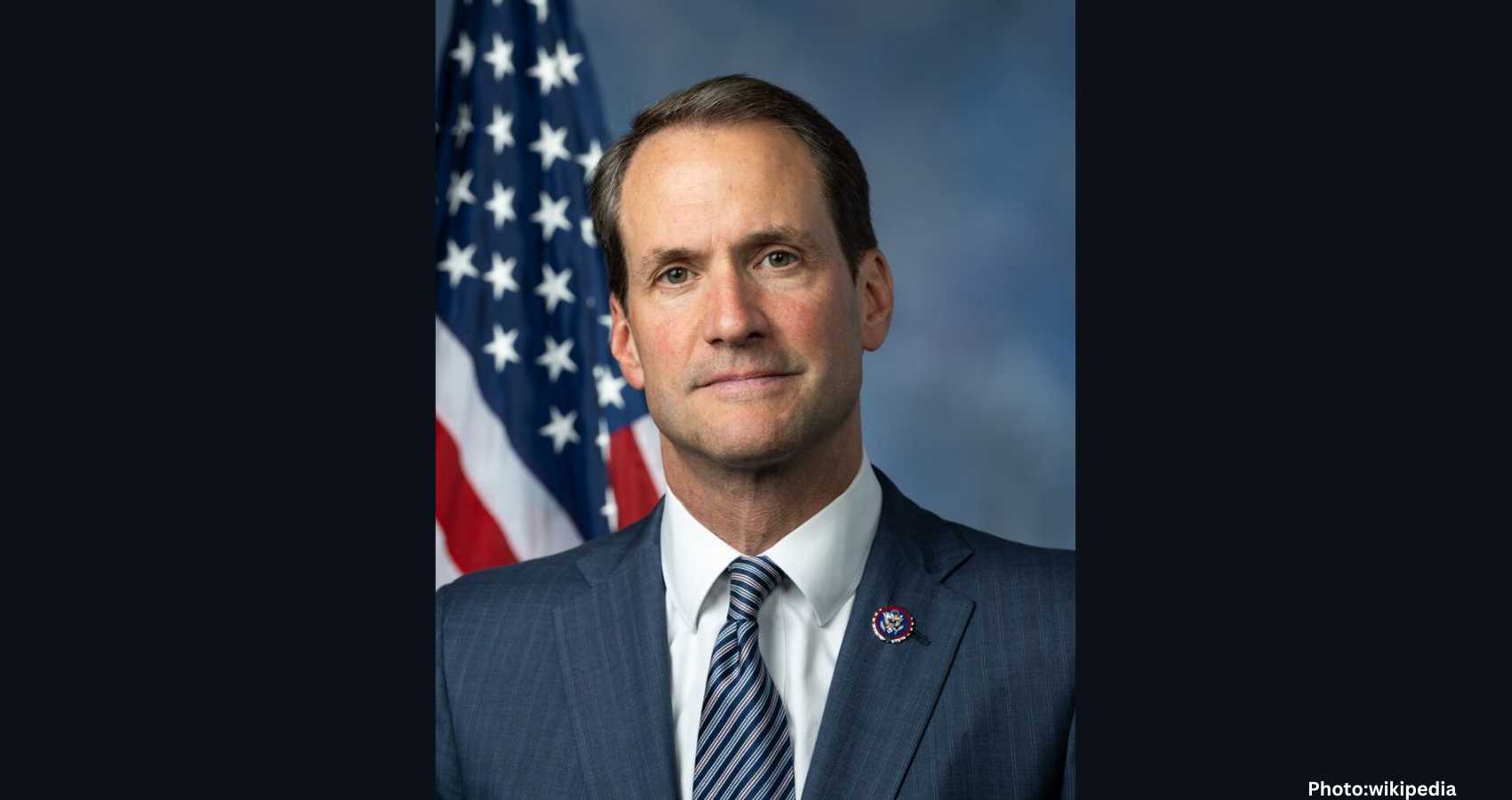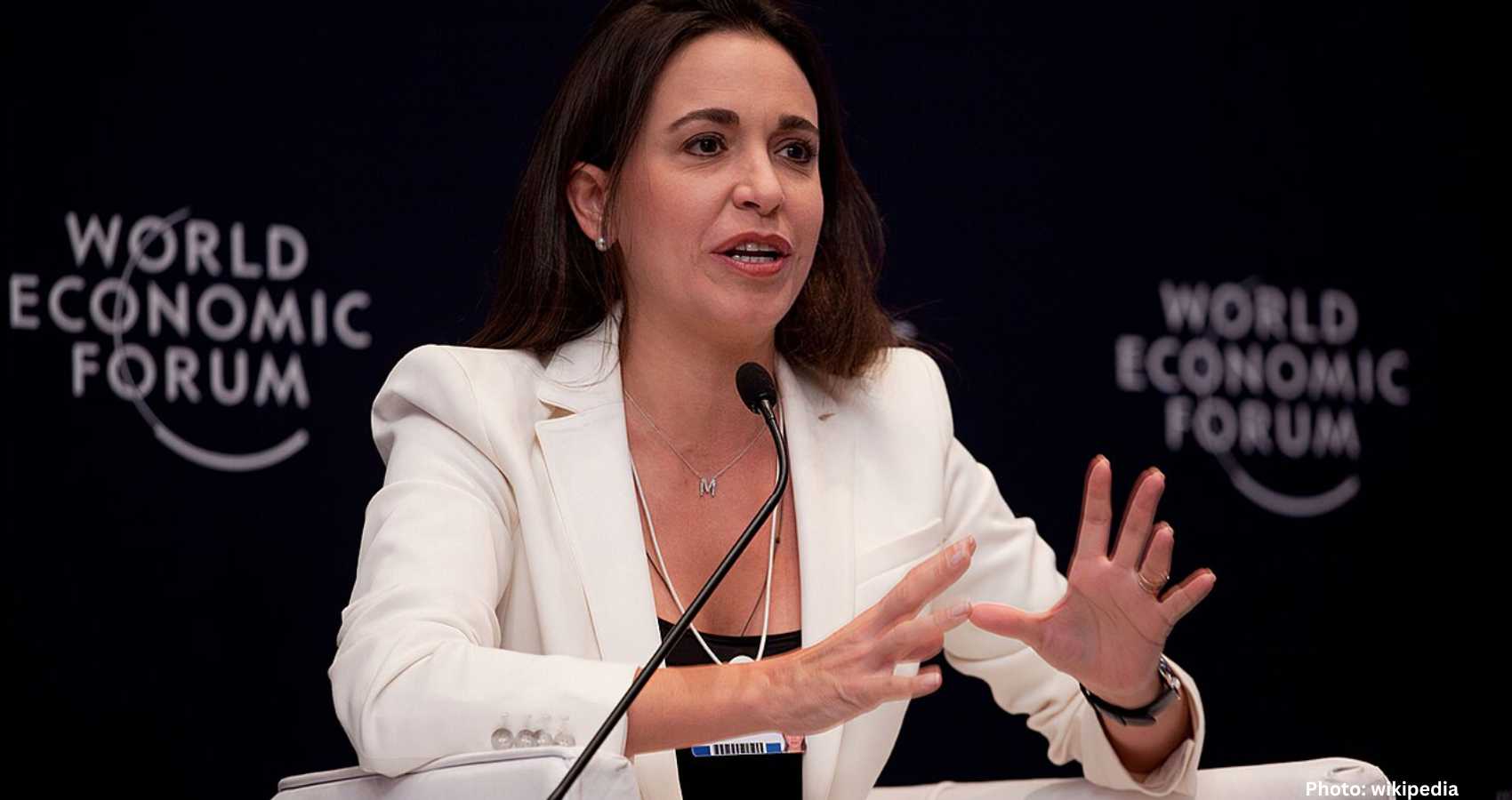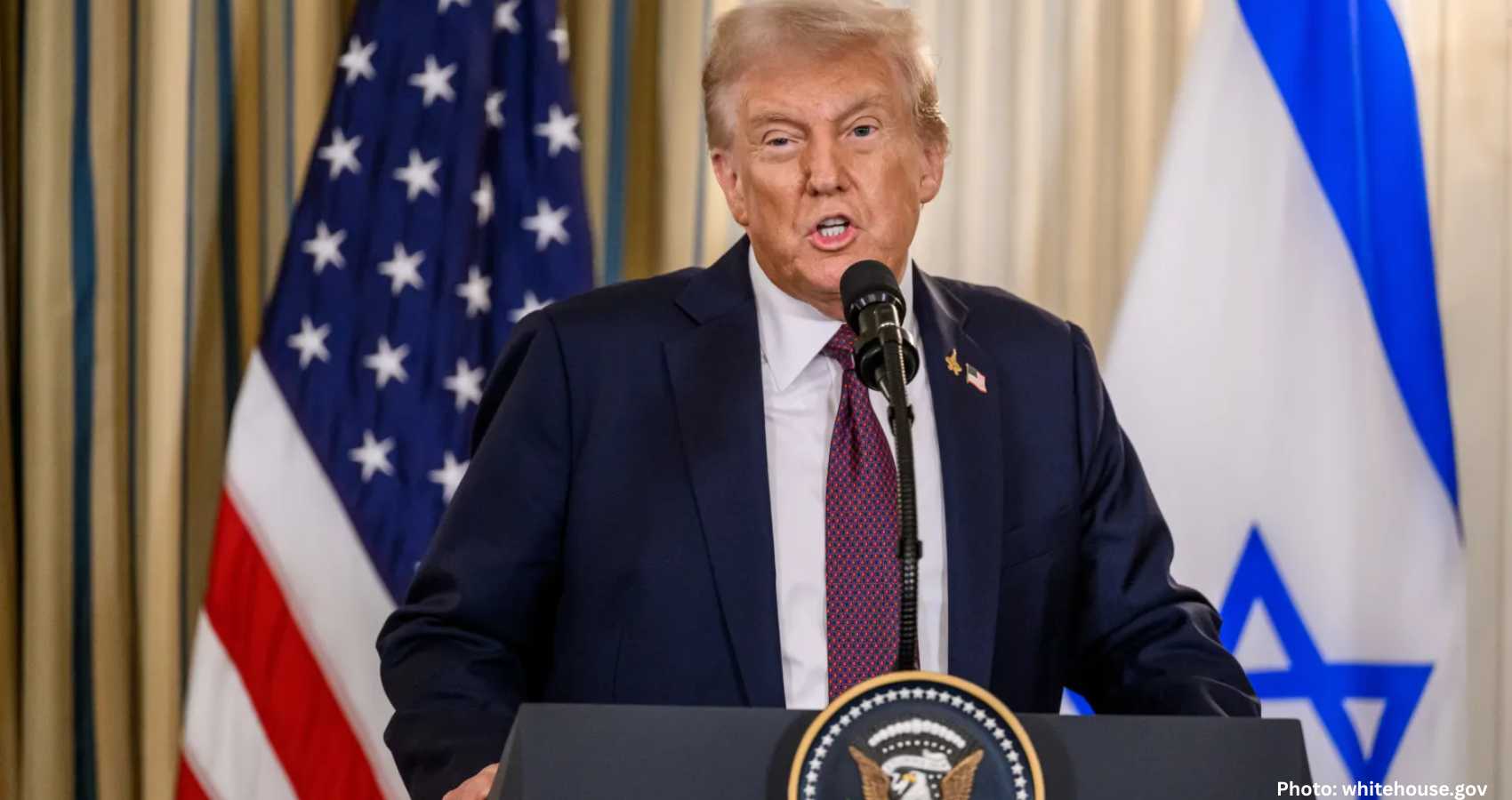Many children today are experiencing climate anxiety, a profound worry about the impacts of climate change, which affects their mental well-being and sense of security.
Climate anxiety is becoming a prevalent issue among children, characterized by an intense fear regarding climate change and its future implications. This phenomenon has been described as a “chronic fear of environmental doom.” While climate anxiety is not classified as a clinical disorder, it can significantly impact children’s mental health. Young individuals grappling with these concerns often report symptoms such as persistent sadness, sleep disturbances, nightmares, difficulty concentrating, and even panic attacks triggered by climate-related news.
A global study published in 2021 in The Lancet found that over 45% of young people indicated that their climate-related feelings negatively influenced their daily lives. Additionally, a 2020 survey by BBC Newsround revealed that 20% of children experienced climate-related nightmares, with many expressing a lack of trust in adults to safeguard their future. In essence, the looming threat of climate change is weighing heavily on the minds and mental health of children today.
Several factors contribute to children’s climate anxiety. For many, climate change represents a tangible threat to their future. They are growing up amidst alarming news about record-breaking hurricanes, wildfires, and floods, all of which they understand are exacerbated by human-driven climate change. Young people are acutely aware that they will have to navigate the consequences of these changes in the coming decades, making the crisis feel both personal and urgent. A recent survey of U.S. youth aged 16 to 25 revealed that nearly 60% expressed extreme concern about the impacts of climate change on humanity.
Another significant source of anxiety stems from a sense of powerlessness and betrayal when children perceive that adults are not taking adequate action. They are educated about the climate crisis but often see insufficient solutions, leading to feelings of frustration and anger. Many young people feel that governments and corporations have allowed the crisis to escalate unchecked, and they bear the unfair burden of dealing with its aftermath. As climate activist Greta Thunberg poignantly stated, they are fighting for a future they want.
The reality of climate change is undeniable, particularly in the United States, where its effects are increasingly apparent. Scientific consensus confirms that human activities, such as burning fossil fuels, are warming the planet. The U.S. has witnessed a dramatic increase in extreme weather events in recent years. In 2023 alone, the country experienced a record 28 billion-dollar weather and climate disasters, the highest number recorded in a single year, surpassing the previous record of 22 disasters in 2020. These events included destructive hurricanes, floods, wildfires, severe storms, and heat waves. According to the National Oceanic and Atmospheric Administration (NOAA), the U.S. now averages about 20 billion-dollar disasters annually, more than double the rate observed decades ago. Scientists warn that such extremes will only worsen as global temperatures rise.
For children, the impacts of climate change are not abstract; they witness the devastation firsthand. They see stronger hurricanes demolishing communities, wildfires turning skies orange, and unprecedented floods occurring with alarming frequency. When local news reports highlight record-breaking heat or water shortages in their towns, it becomes evident that climate change is not a distant threat. This constant exposure reinforces their worries, making it challenging for adults to reassure them about the future.
The shifting landscape of U.S. climate policy also plays a crucial role in shaping children’s climate anxiety. In recent years, U.S. climate policy has fluctuated dramatically, moving forward under one administration and retreating under another. Children are acutely aware of these changes.
Under President Joe Biden’s administration (2021–2024), the U.S. rejoined the Paris climate agreement on his first day in office, reaffirming the country’s commitment to international climate cooperation. His administration set ambitious targets for reducing greenhouse gas emissions and implemented policies to promote clean energy and decrease fossil fuel reliance. The Inflation Reduction Act (IRA), signed into law in 2022, represented a historic investment of approximately $369 billion in climate and clean energy initiatives, the largest in U.S. history. These actions signaled to young people that the government was taking the climate crisis seriously.
However, with the anticipated return of President Donald Trump in 2025, many of these climate measures are expected to be rolled back. Trump has previously indicated intentions to withdraw the U.S. from the Paris Agreement and expand fossil fuel extraction. His administration halted or scaled back numerous climate initiatives established under Biden, including funding for clean energy projects and electric vehicle infrastructure. This sharp policy reversal has not gone unnoticed by the younger generation, who feel the weight of these decisions.
In response to their anxiety and frustration, many young people are channeling their feelings into activism and legal action. Rather than succumbing to despair, children and teens are organizing and advocating for change. A notable example is the Fridays for Future movement, which began in 2018 when students worldwide, including thousands in U.S. cities, staged walkouts to demand climate action. In 2019, millions participated in coordinated climate strikes, highlighting the urgency of the crisis. This unprecedented youth activism demonstrates that while children may feel anxious, they are also determined to fight for their future. Participating in protests fosters a sense of empowerment and solidarity, counteracting feelings of helplessness.
Young Americans are also pursuing change through the legal system. Youth-led climate lawsuits have emerged as a new avenue for activism. In 2023, a group of 16 youths sued the state of Montana, arguing that its pro-fossil-fuel policies violated their constitutional right to a clean and healthful environment. In a landmark ruling, the court sided with the youth plaintiffs, mandating that Montana consider climate impacts and protect their rights. As 18-year-old plaintiff Rikki Held stated, this decision was “a victory for every young person whose future is threatened by climate change.” This historic ruling has inspired similar legal challenges across the country, showcasing the determination of young people to hold leaders accountable. Engaging in activism, whether through protests or lawsuits, provides a constructive outlet for their climate anxiety, transforming fear into purpose and compelling adults to take the issue seriously.
While youth activism is on the rise, not every child will choose to march or file lawsuits. Many are simply trying to cope with their climate anxiety in their daily lives. Parents, teachers, and other adults can play a crucial role in providing support and guidance. Experts recommend several strategies to help children navigate their feelings.
First, it is essential to listen and validate their concerns. Encourage children to express their climate fears and genuinely listen to their feelings. Acknowledge that their worries are understandable and that it is okay to care about these issues. Avoid dismissive comments like “It’ll be fine,” which can make children feel isolated. Instead, reassure them by saying, “I know this is scary, and I’m here with you.” Feeling heard can significantly alleviate a child’s anxiety.
Providing perspective and hope is also vital. While climate change is a serious issue, it is important to highlight the efforts being made to address it. Share age-appropriate information about ongoing initiatives, such as renewable energy projects, international agreements, and local conservation efforts. This can help children see that progress is possible and that many scientists, leaders, and ordinary citizens are actively working to combat climate change. Emphasizing victories can foster a sense of optimism.
Empowering children to take action can transform their anxiety into a sense of agency. Support them in engaging in positive activities, whether it’s organizing a recycling drive at school, planting trees, or advocating for energy conservation at home. Such initiatives provide children with a sense of control and accomplishment. Adults can participate in these efforts as well, demonstrating that everyone has a role in finding solutions. Even small actions, like reducing food waste or biking instead of driving, can help children feel like they are contributing to the solution rather than being victims of the problem.
Encouraging time spent in nature is another effective strategy. Outdoor activities serve as natural stress relievers. Whether playing at the park, hiking, gardening, or observing local wildlife, spending time in green spaces can help anxious children reconnect with the beauty of the world they are striving to protect. Research shows that time spent outdoors can lower anxiety and improve mood, reinforcing the idea that there is something tangible and positive worth safeguarding.
If a child’s eco-anxiety becomes overwhelming, leading to persistent sadness, sleeplessness, or withdrawal, seeking professional help may be necessary. Therapists, particularly those knowledgeable about climate anxiety, can provide coping strategies and reassurance. A few sessions with a counselor can help young individuals feel less isolated in their fears. It is important to recognize that seeking help is a proactive step toward managing significant emotions.
Ultimately, by fostering hope and advocating for meaningful climate action, adults can help ensure that the next generation grows up resilient and equipped to tackle the challenges that lie ahead.
Source: Original article

